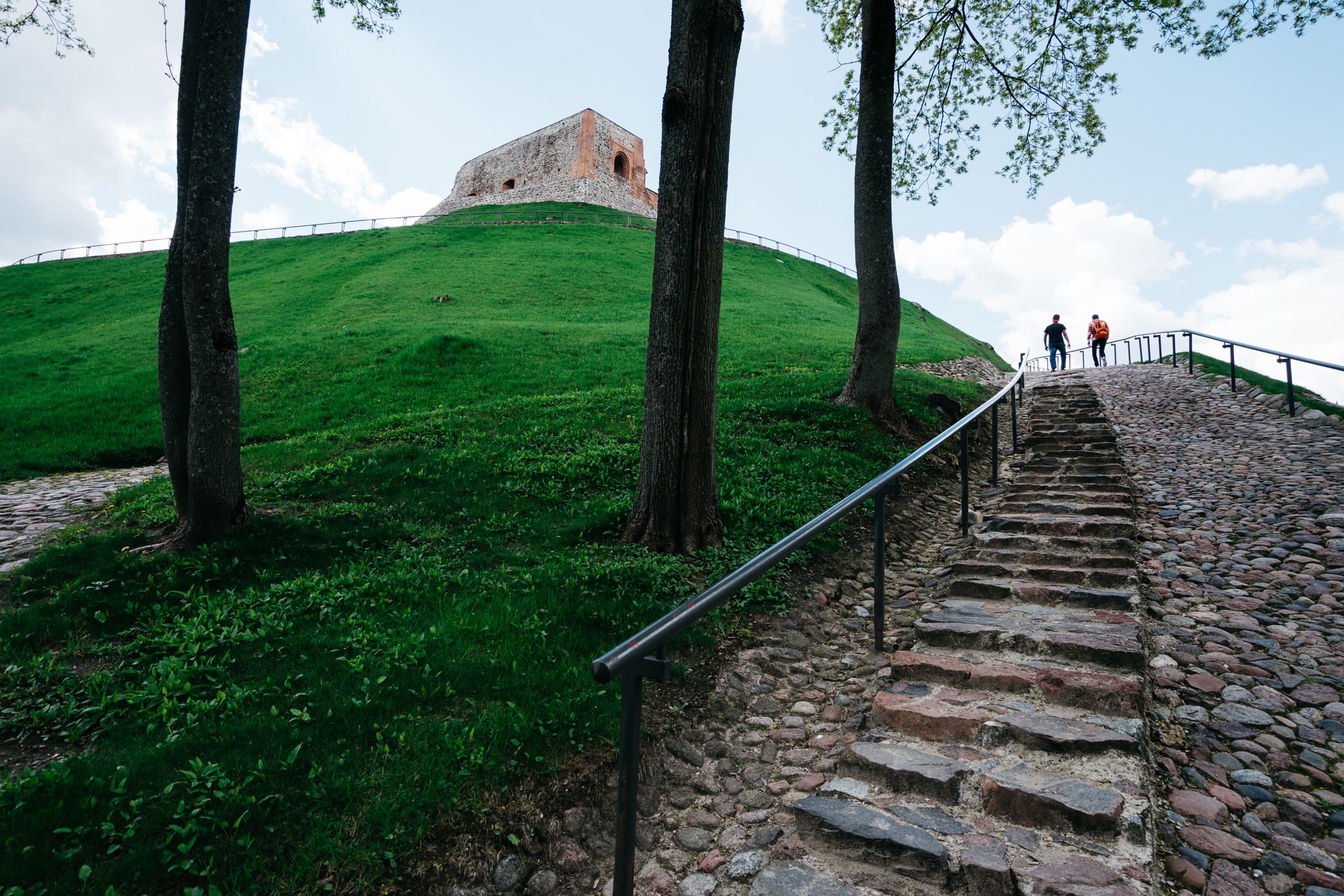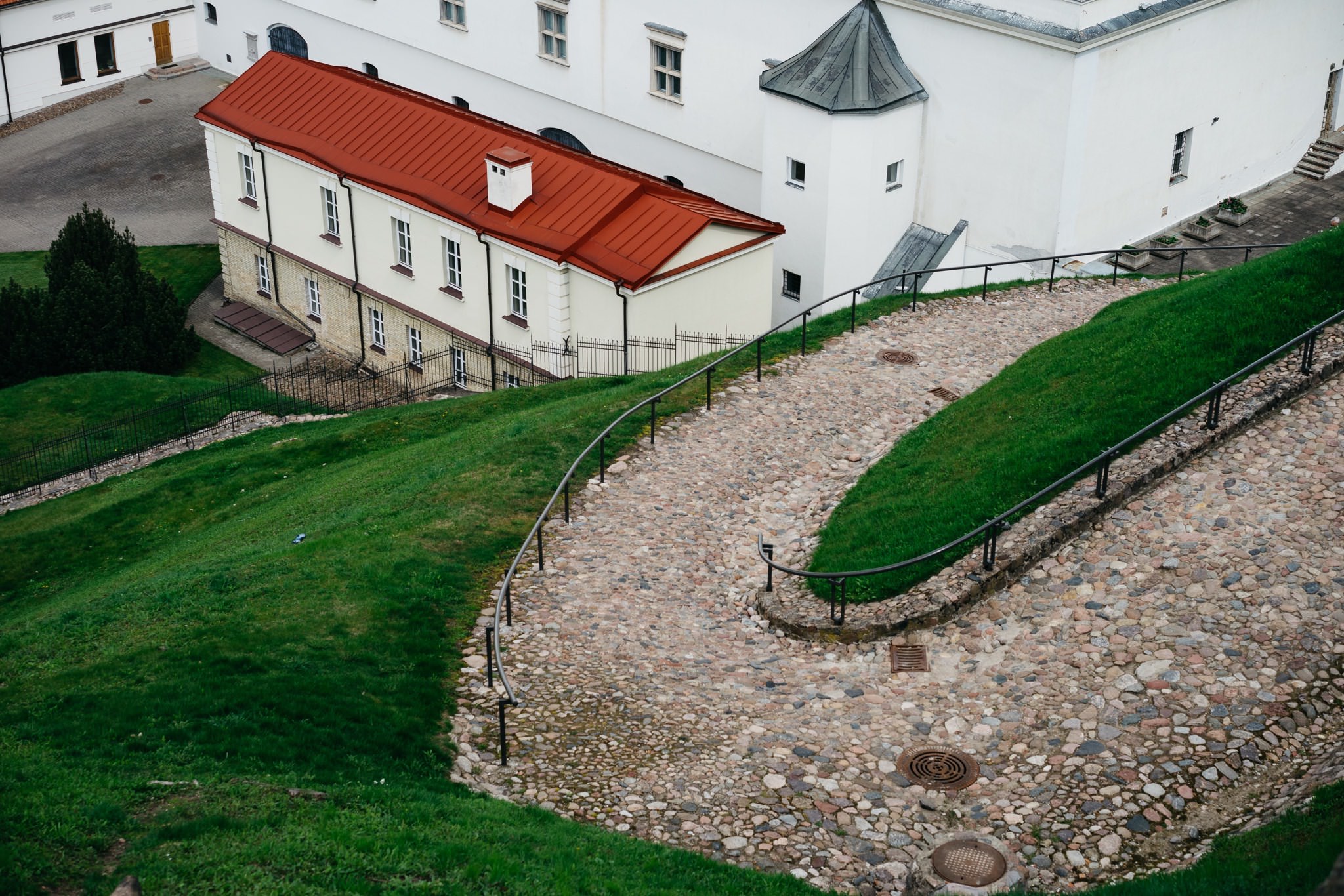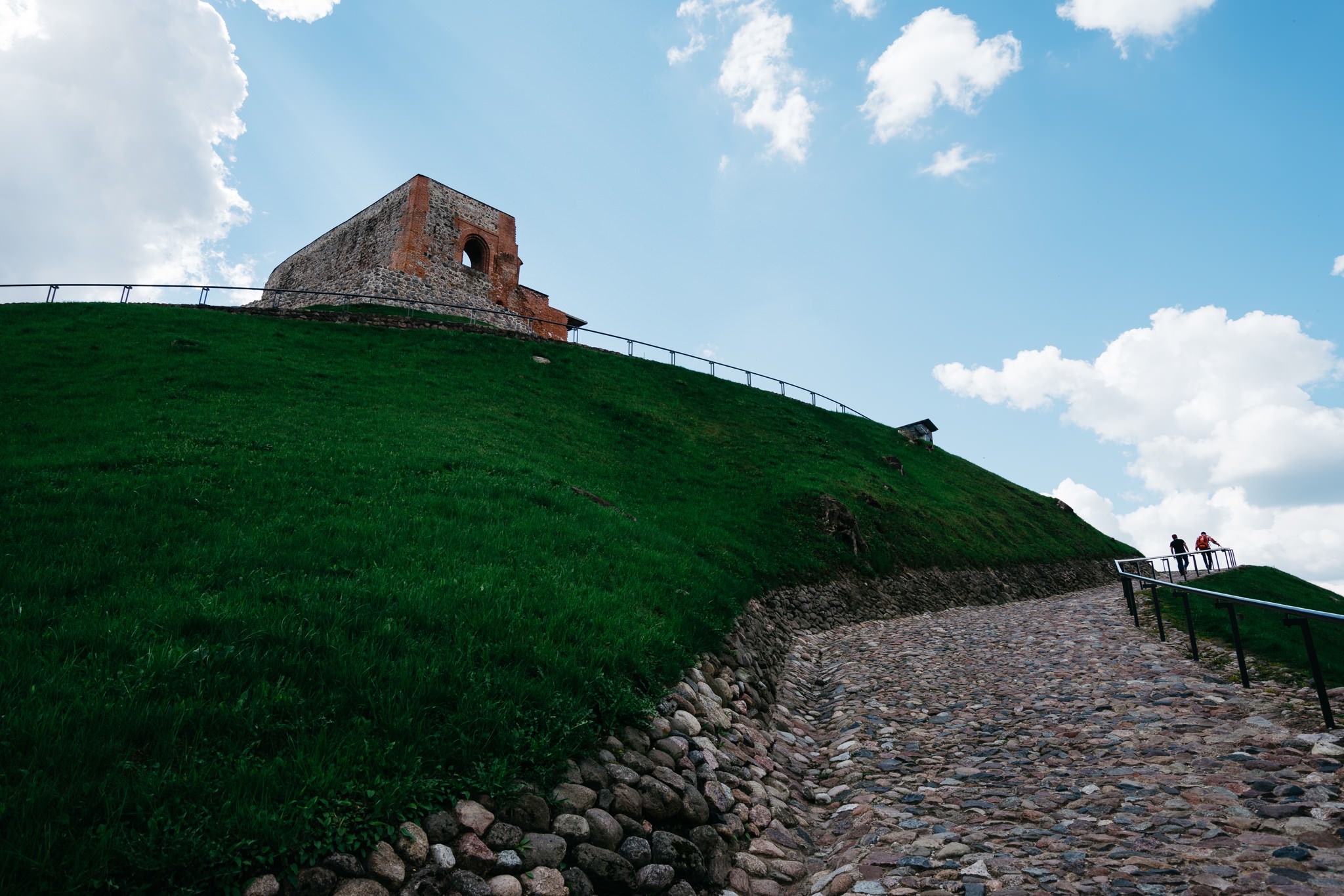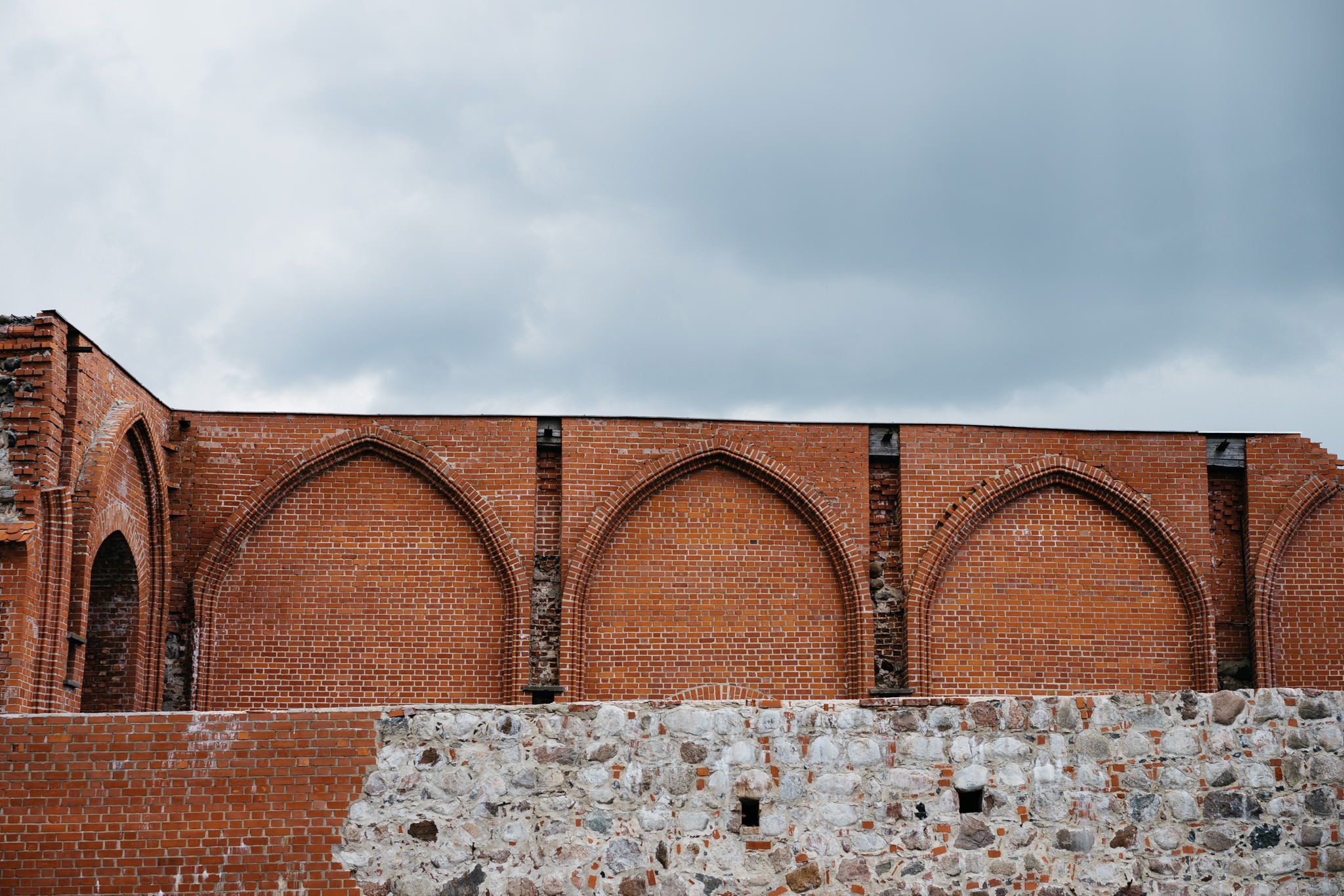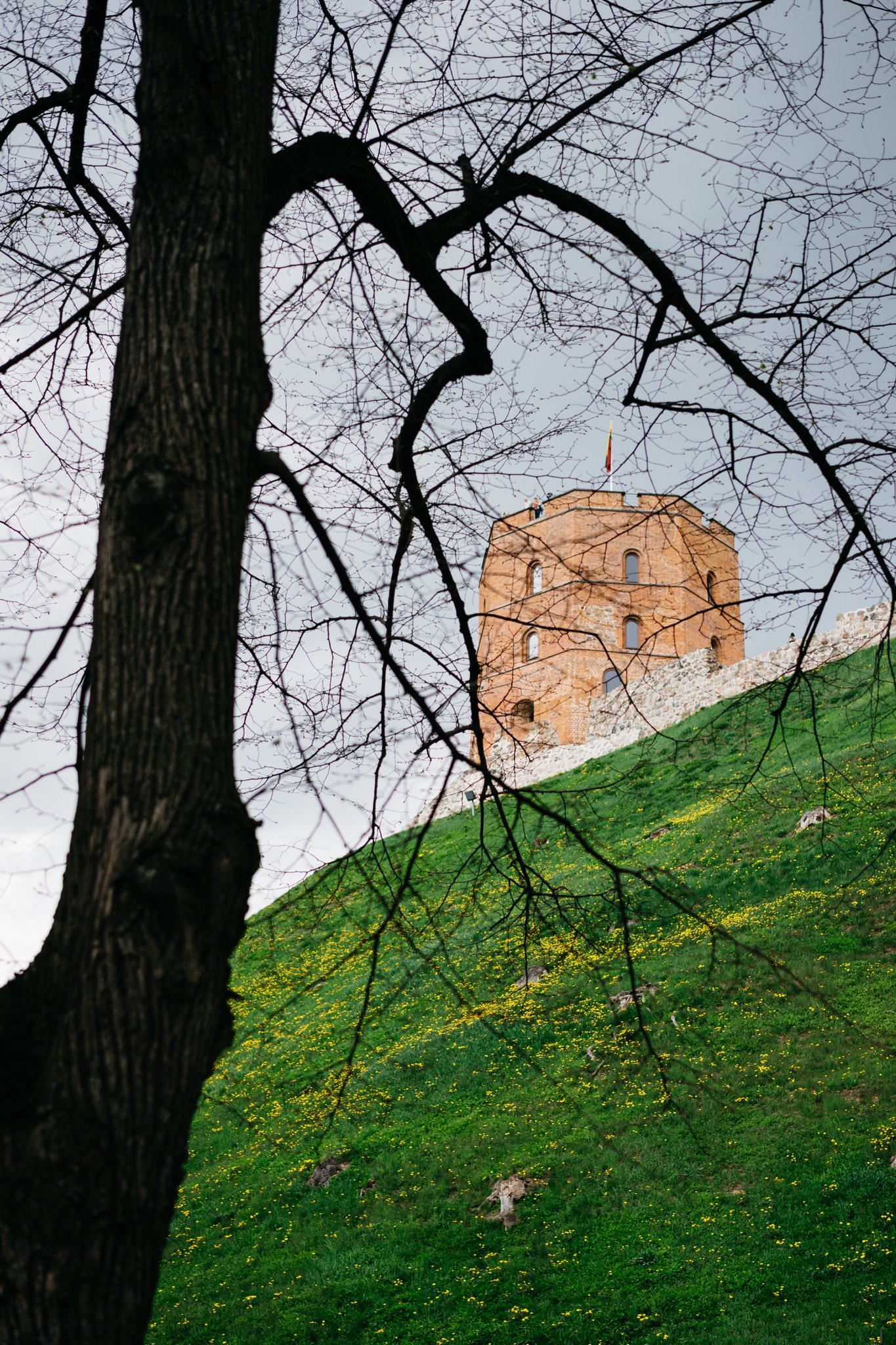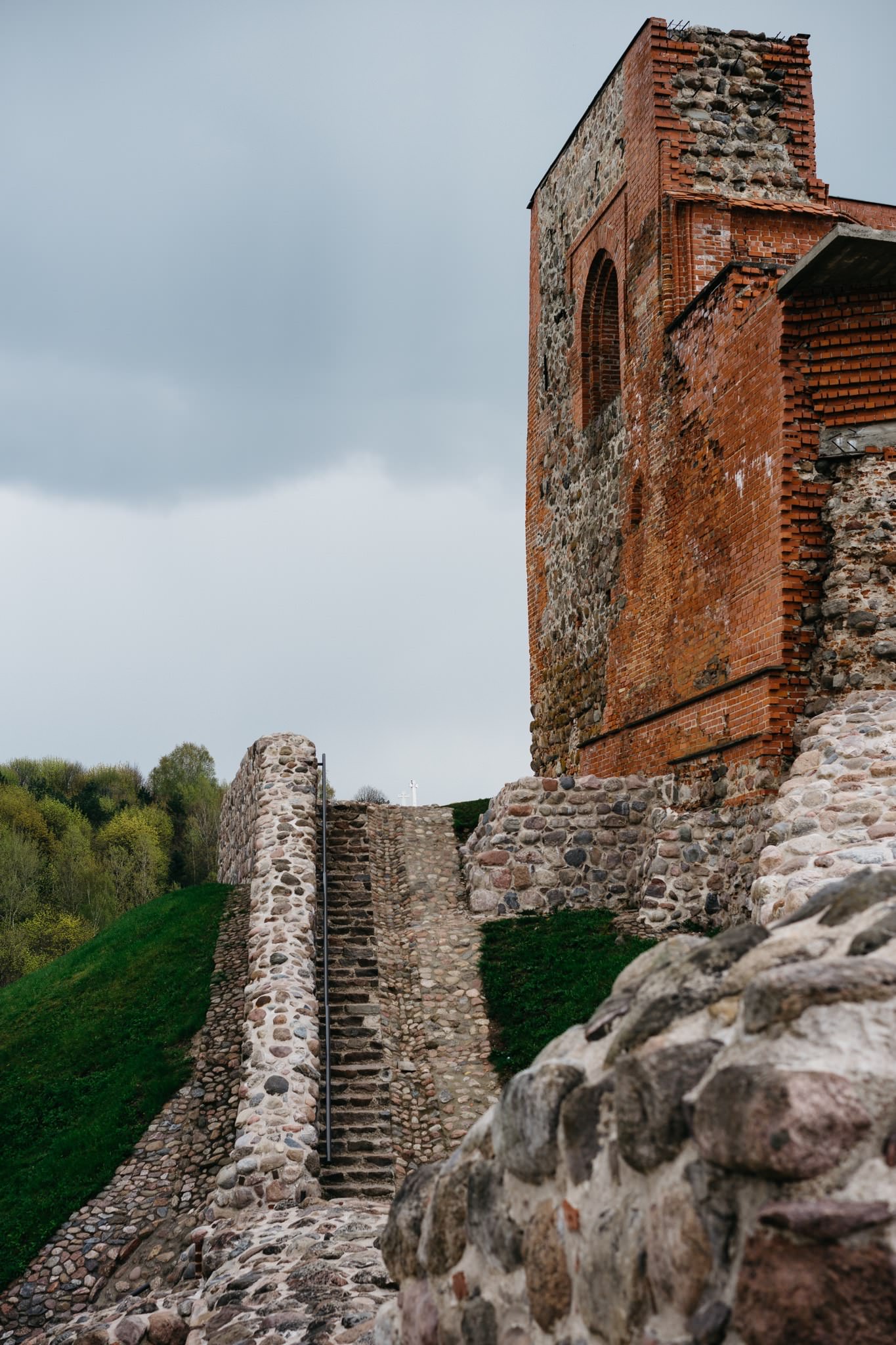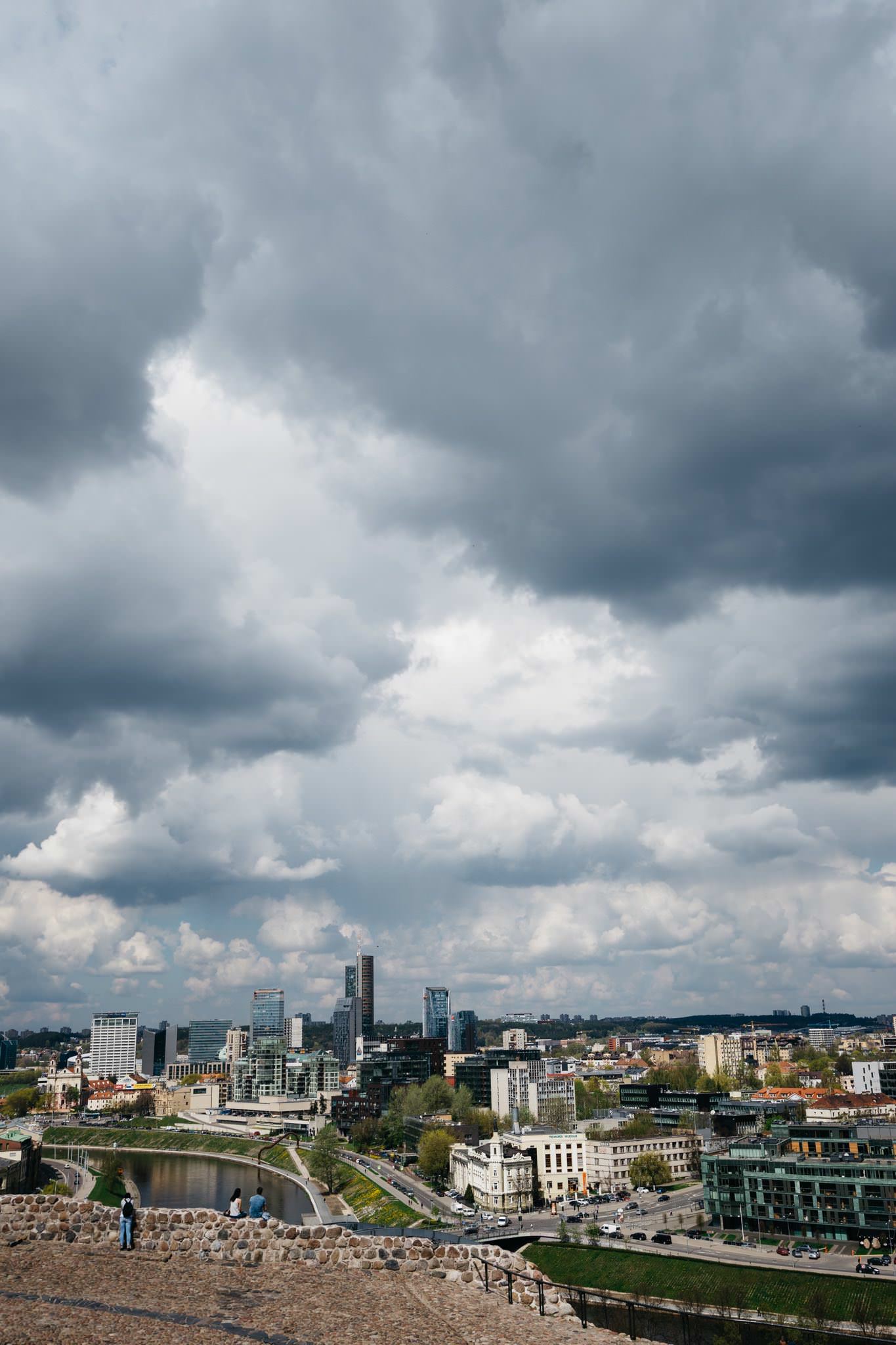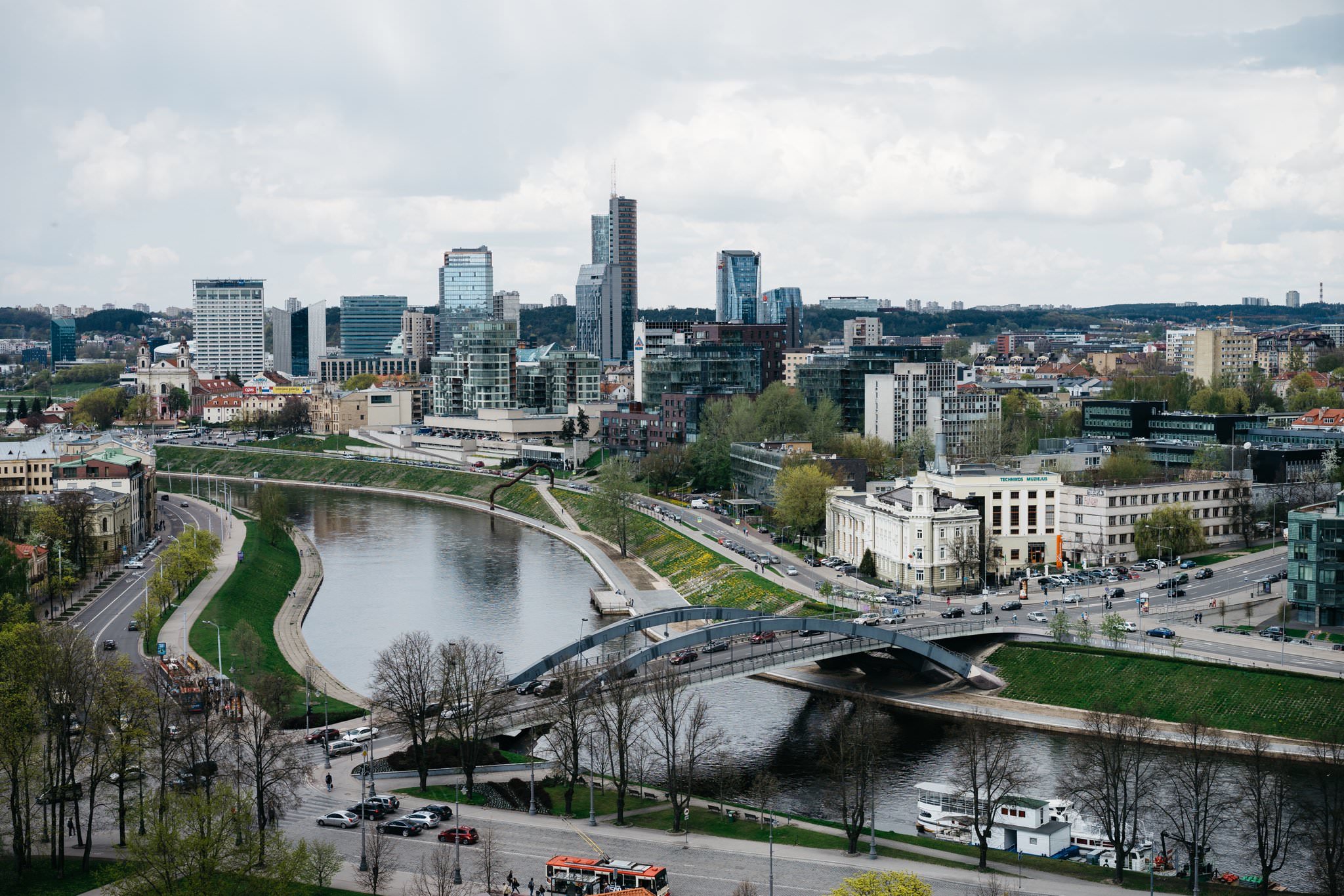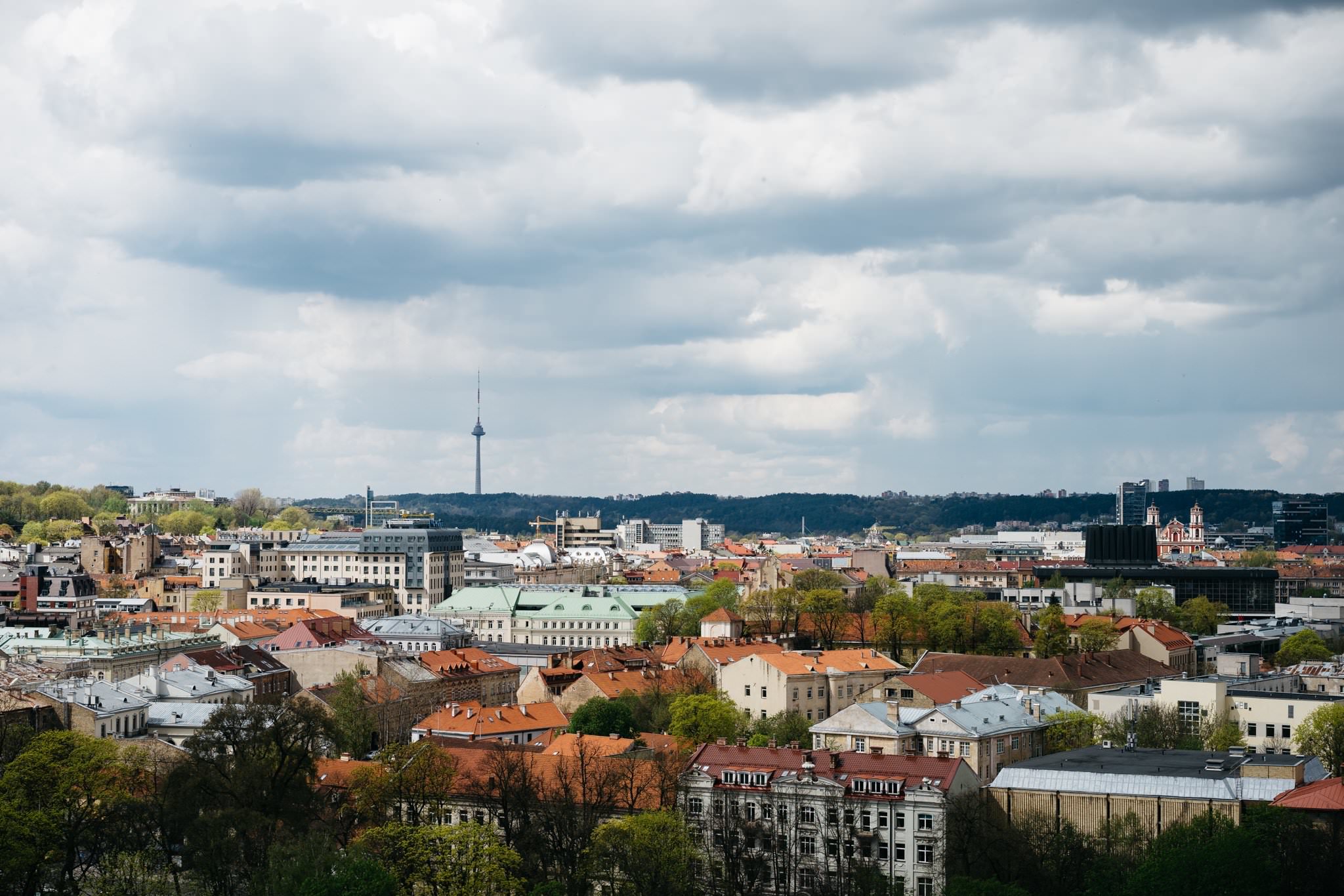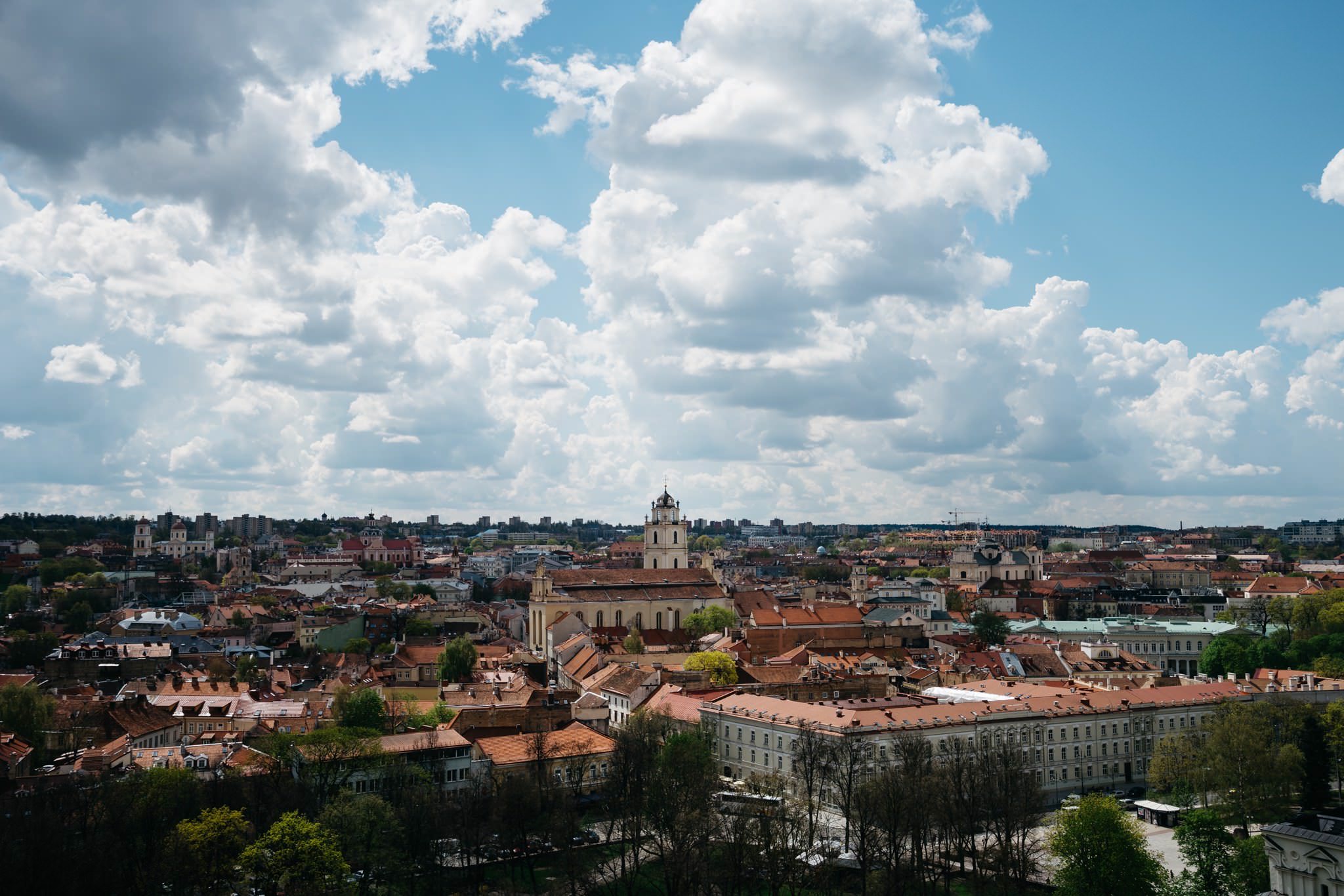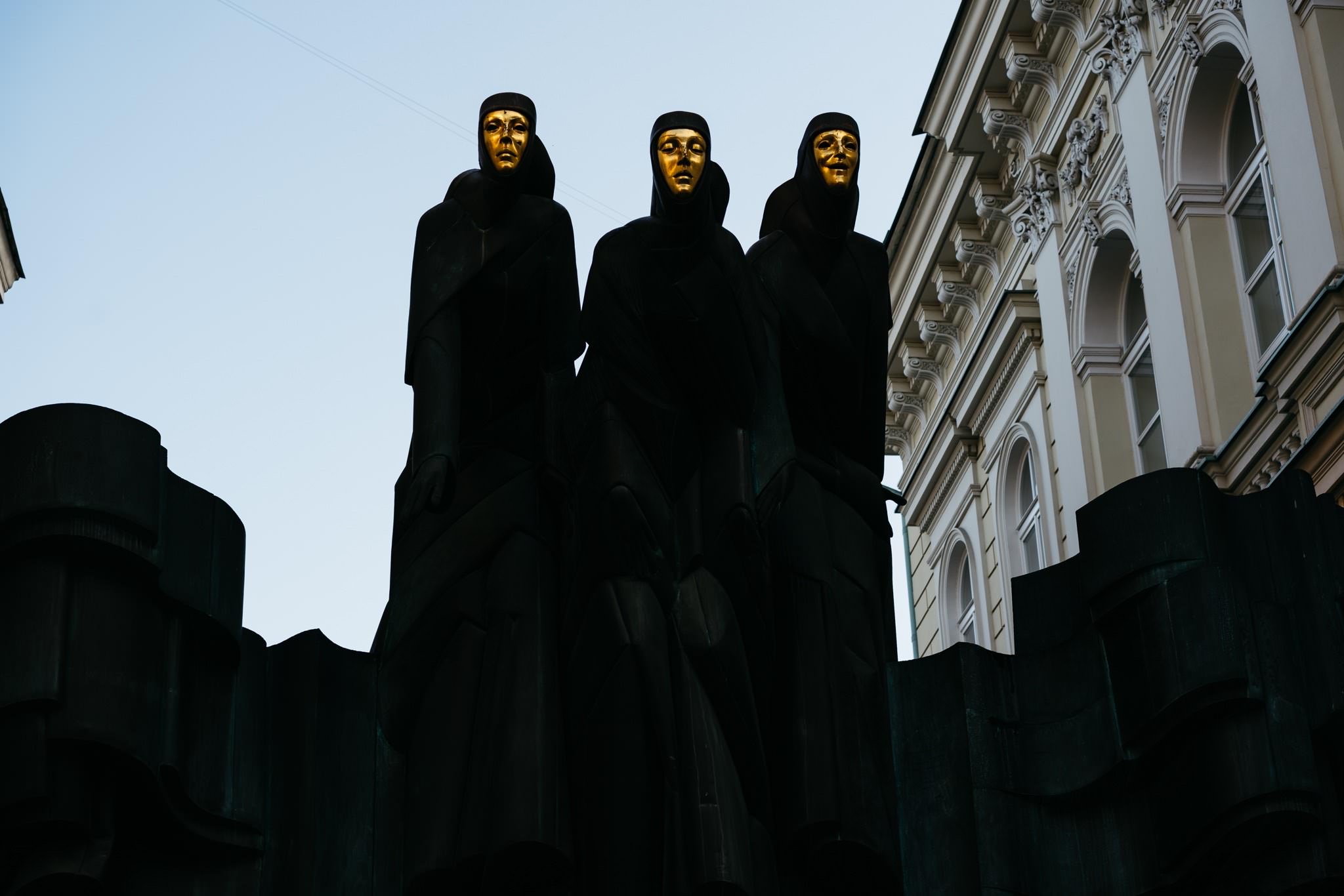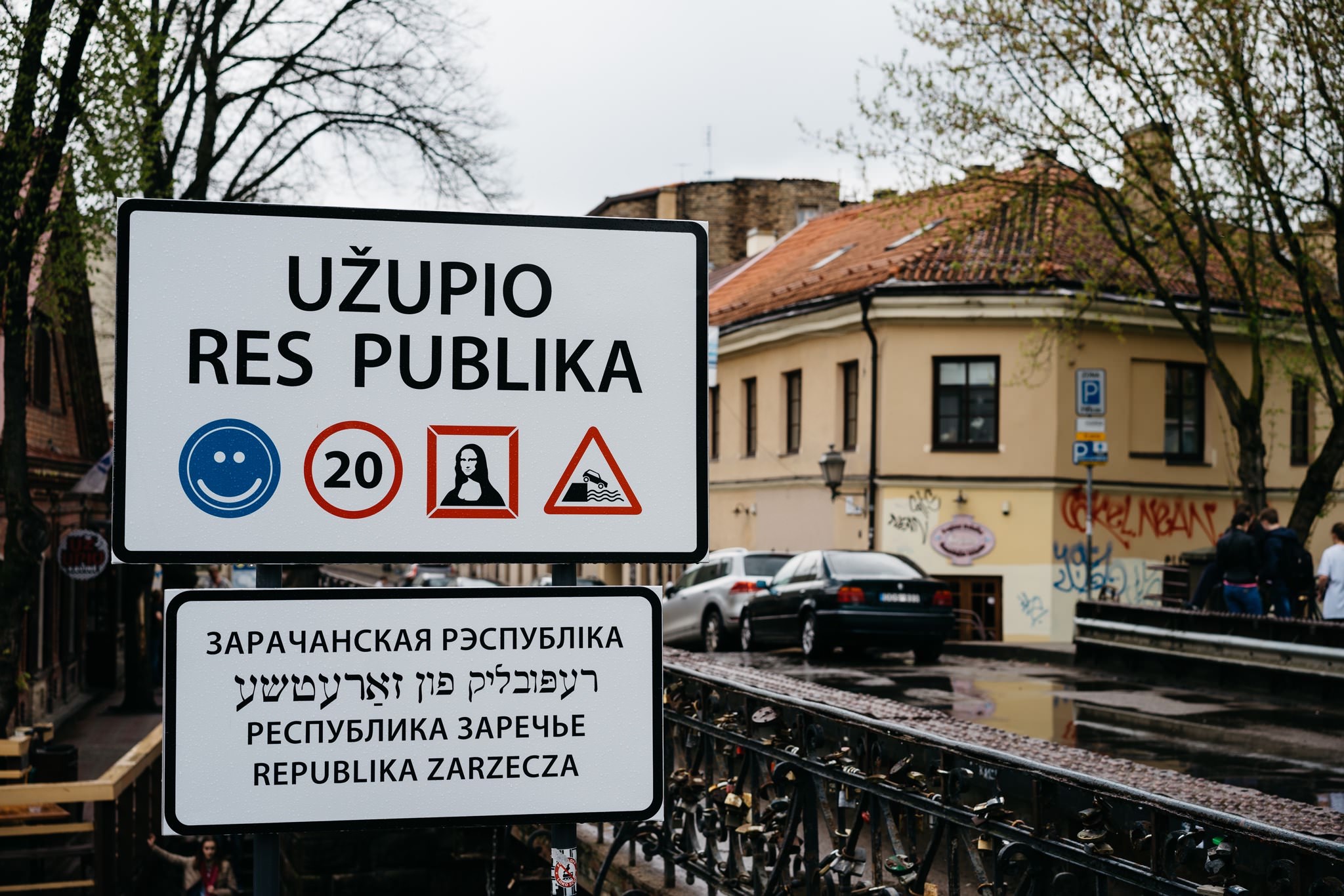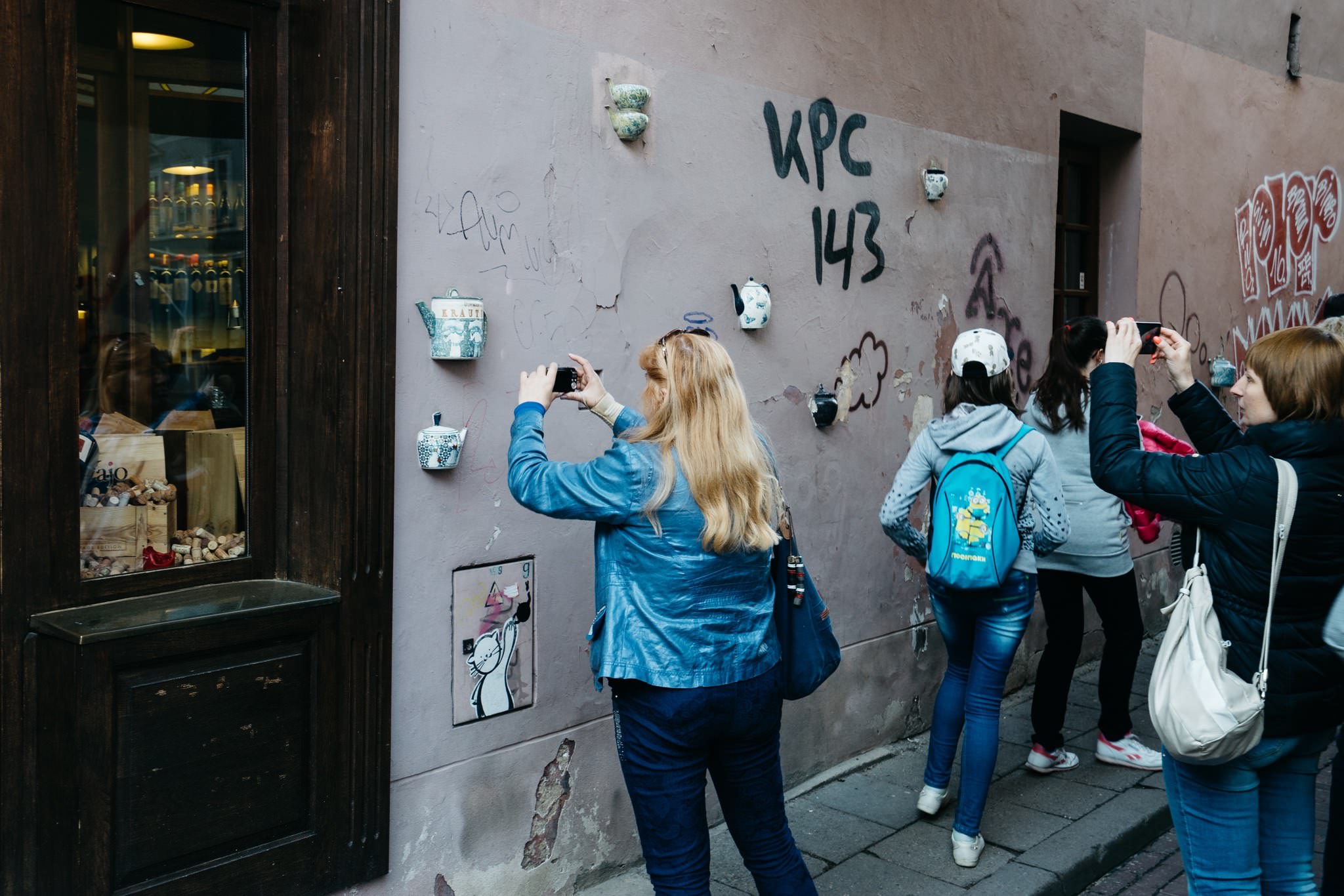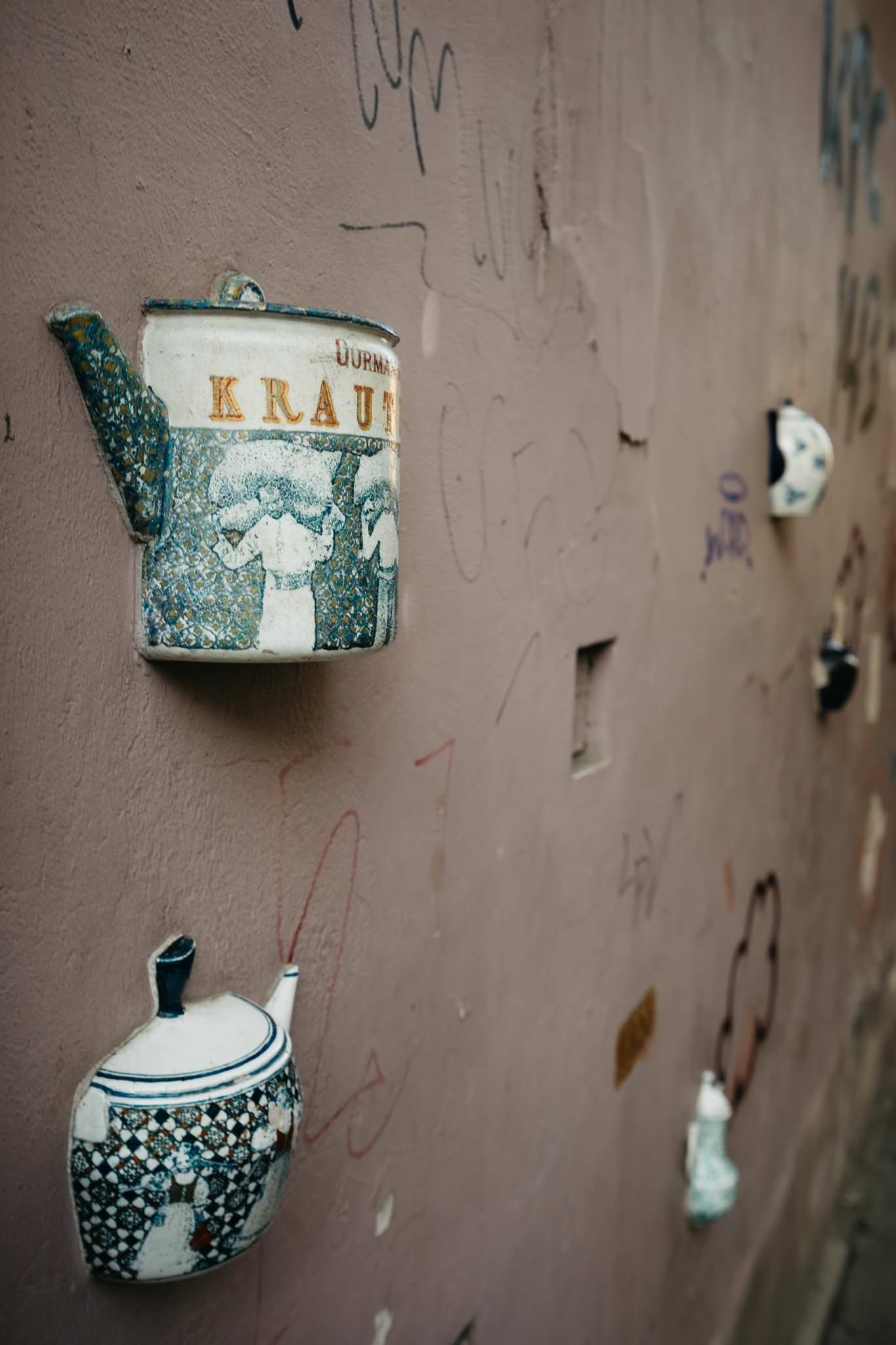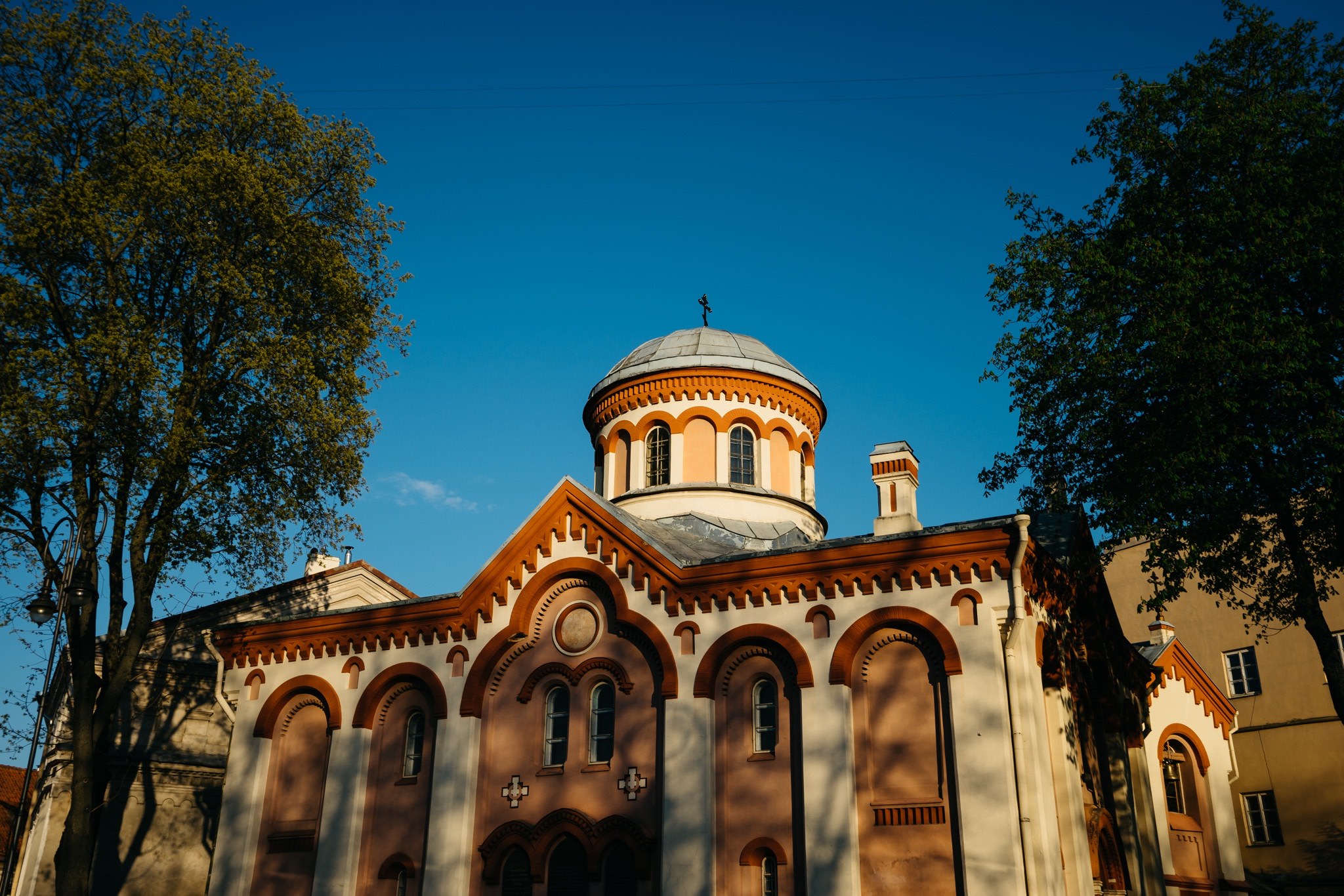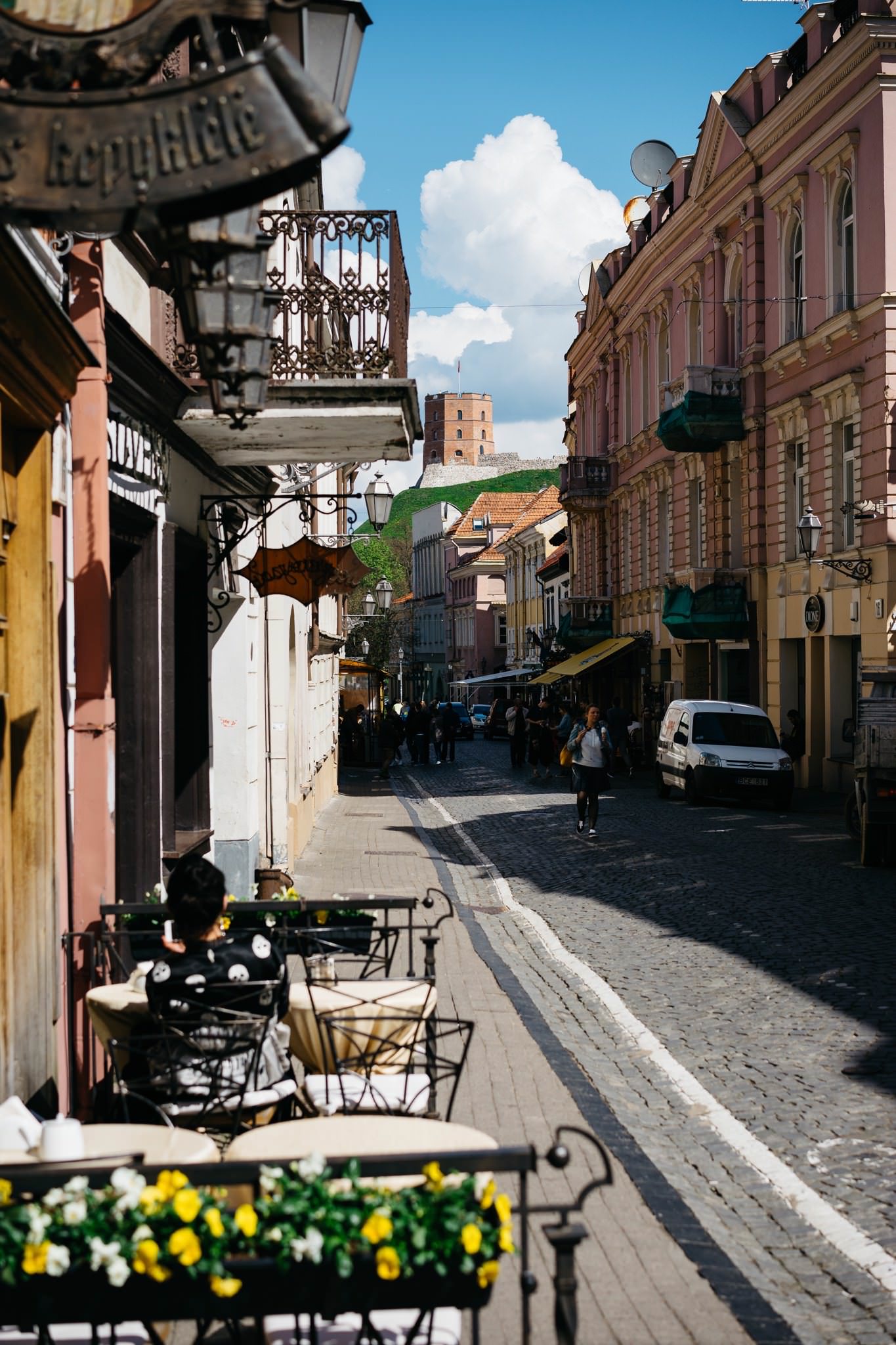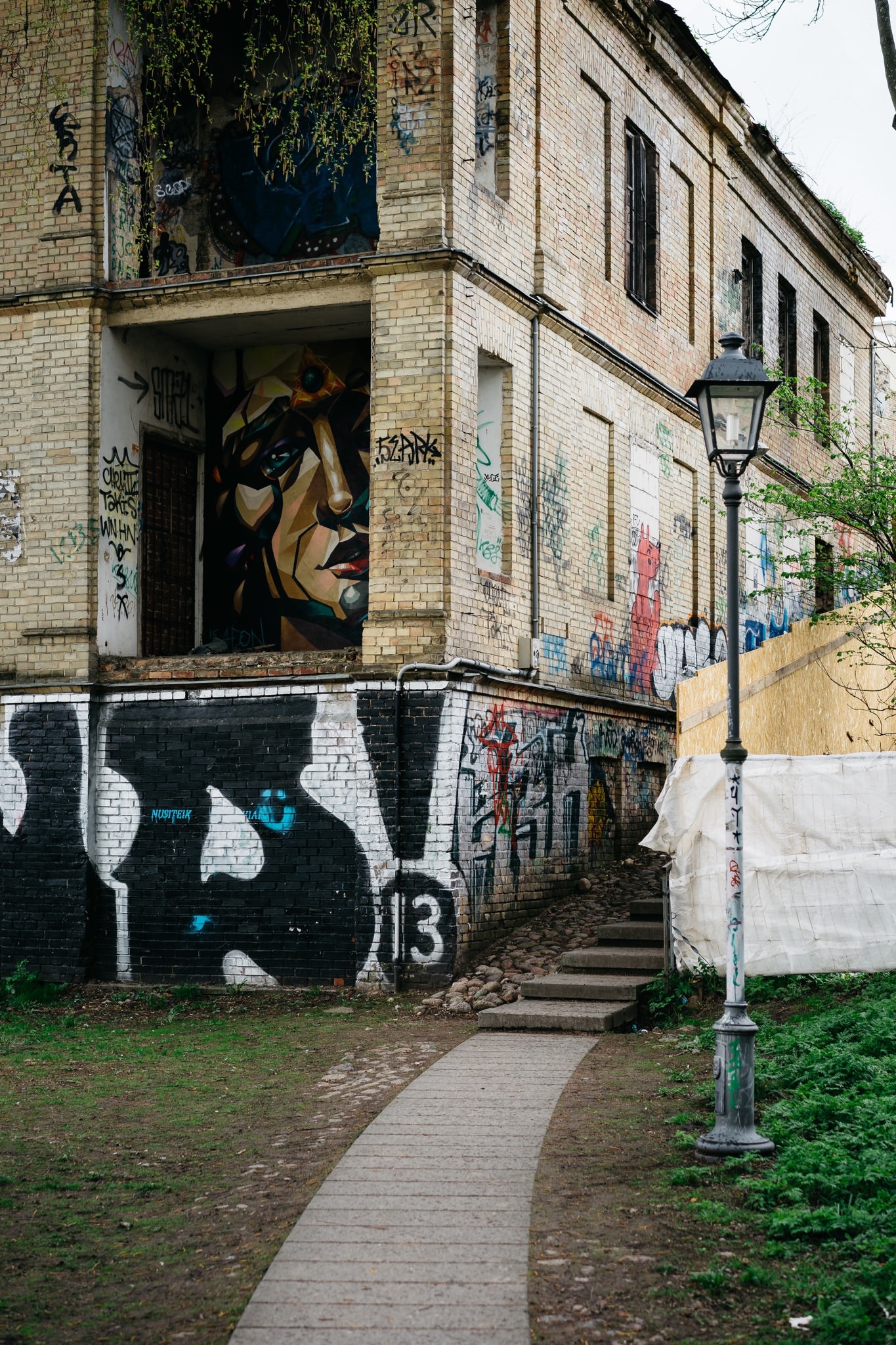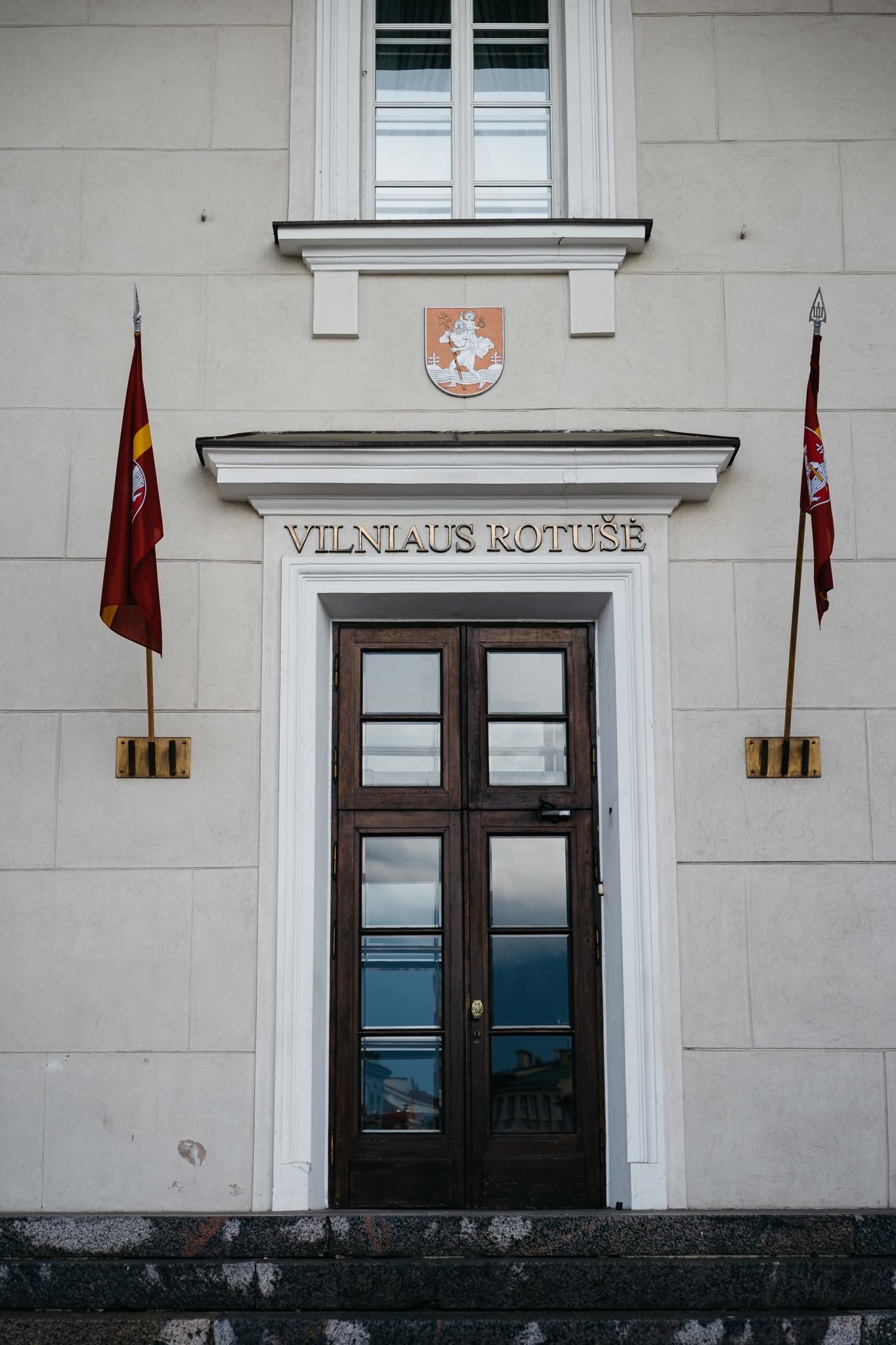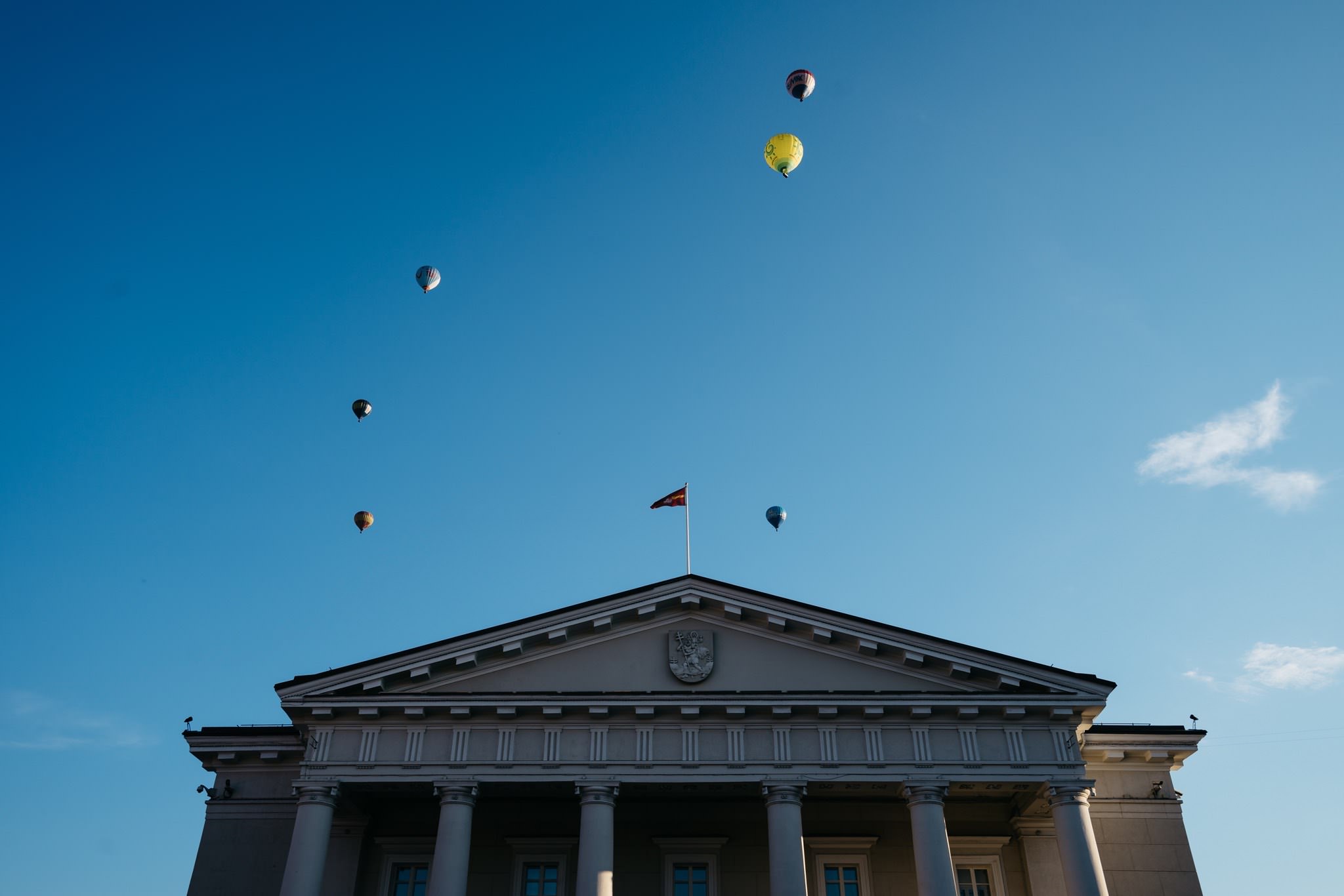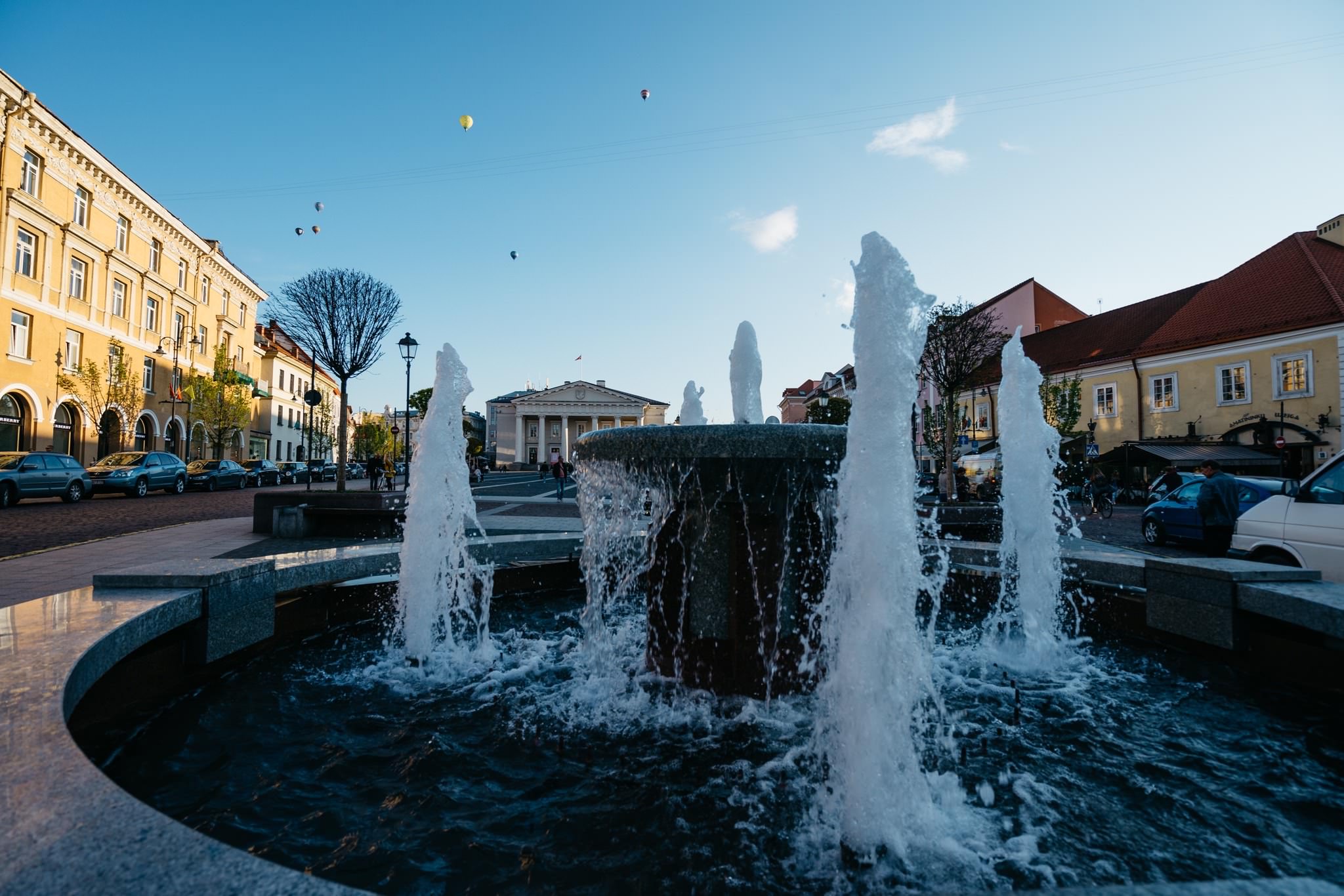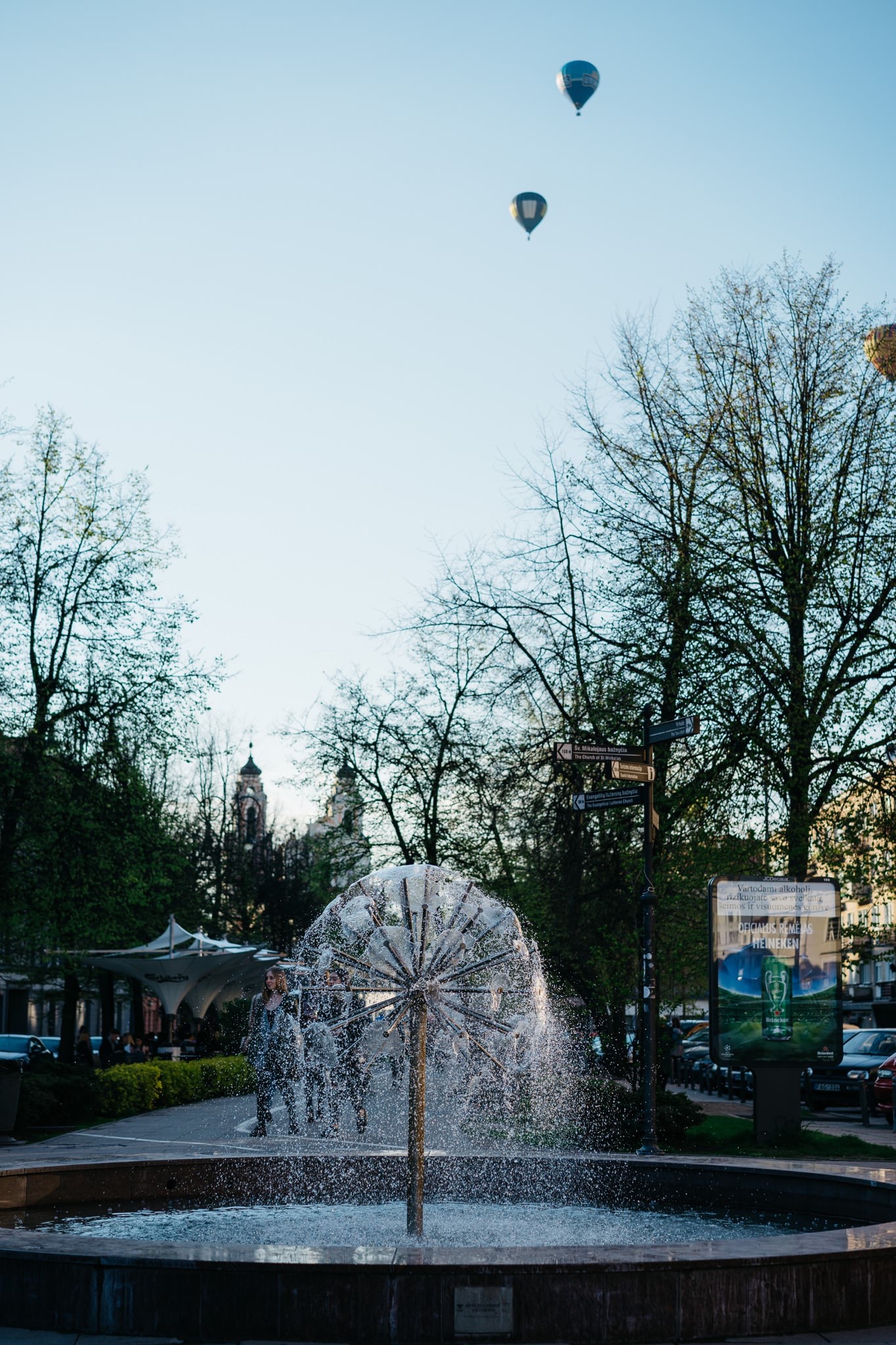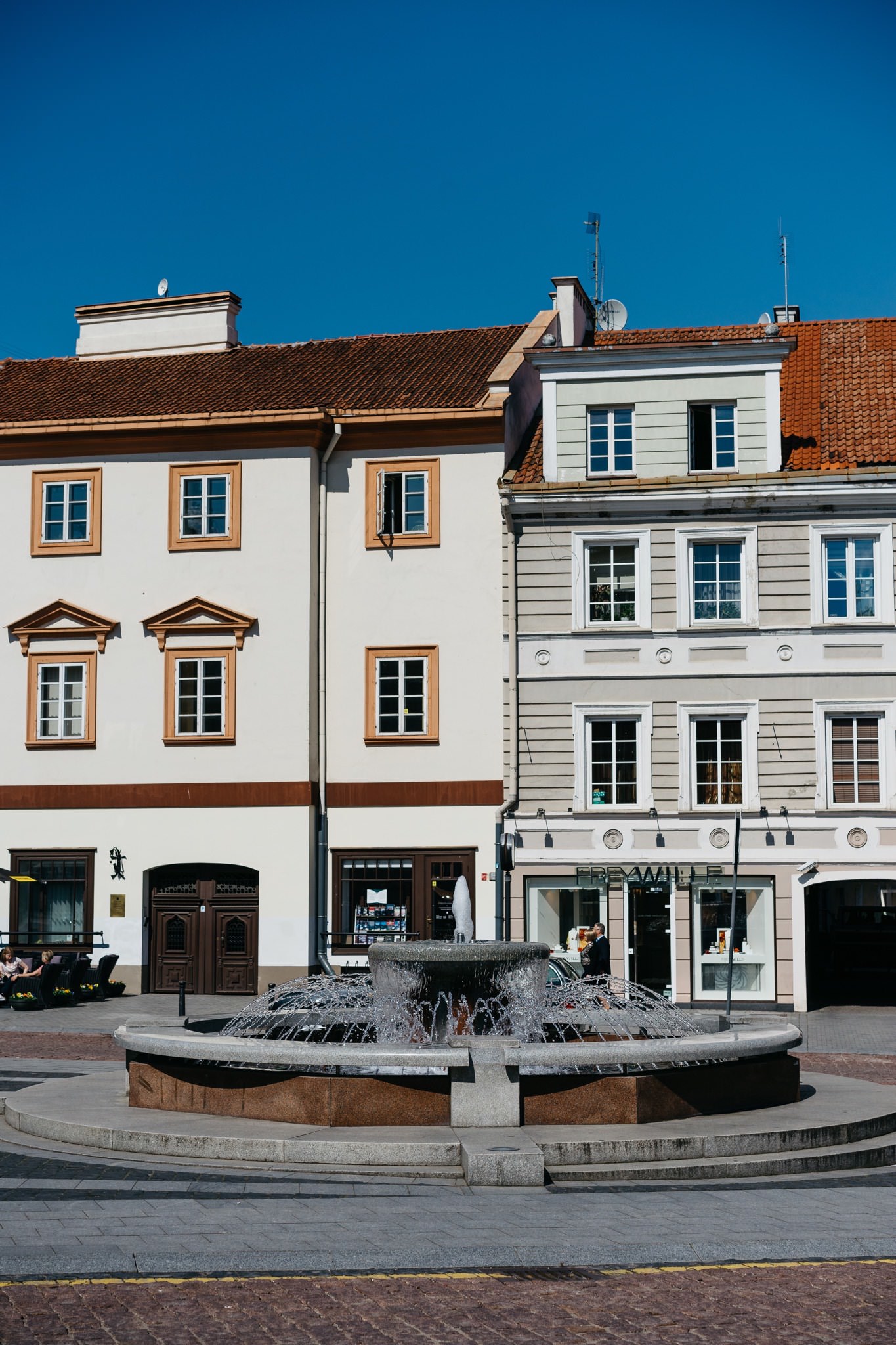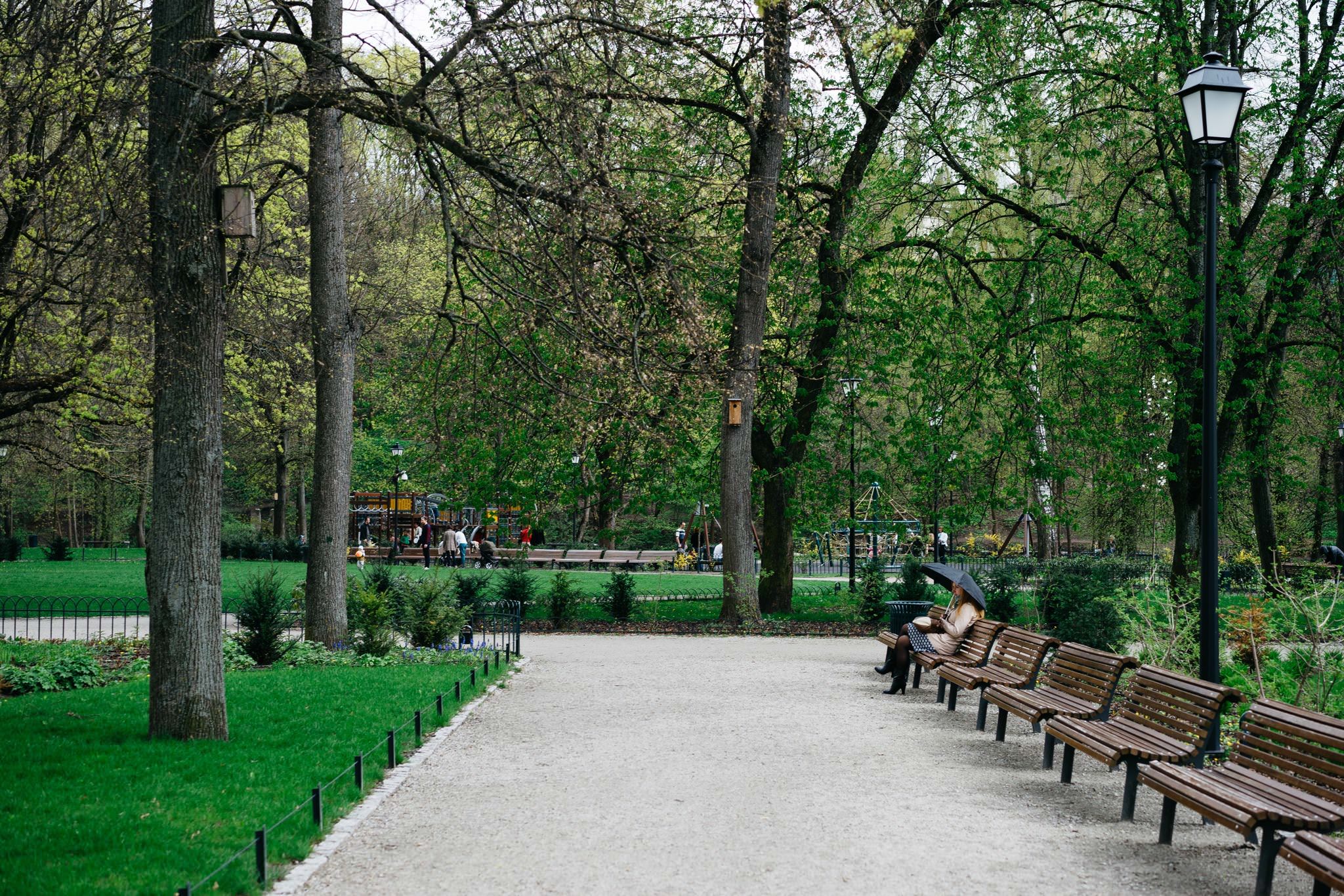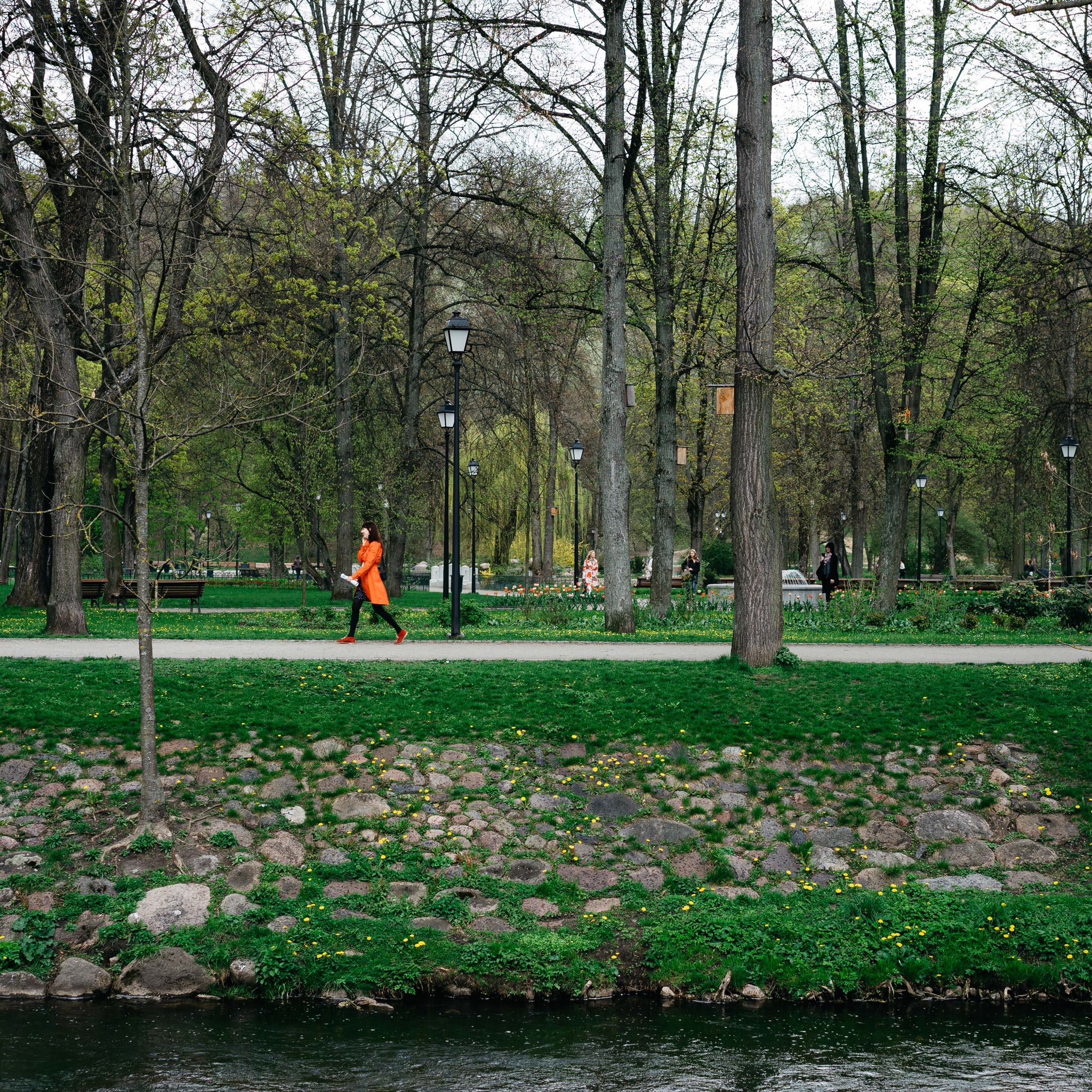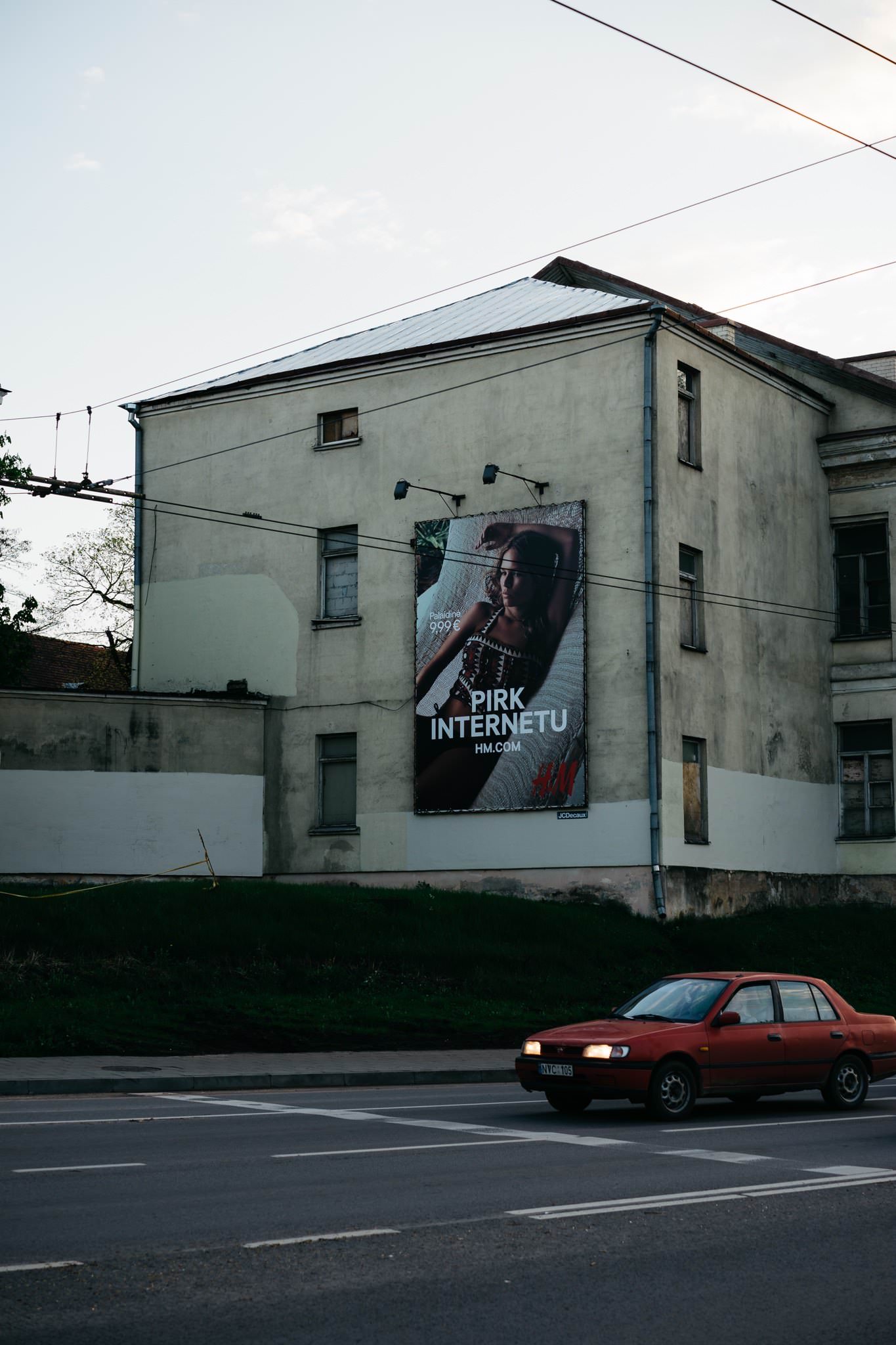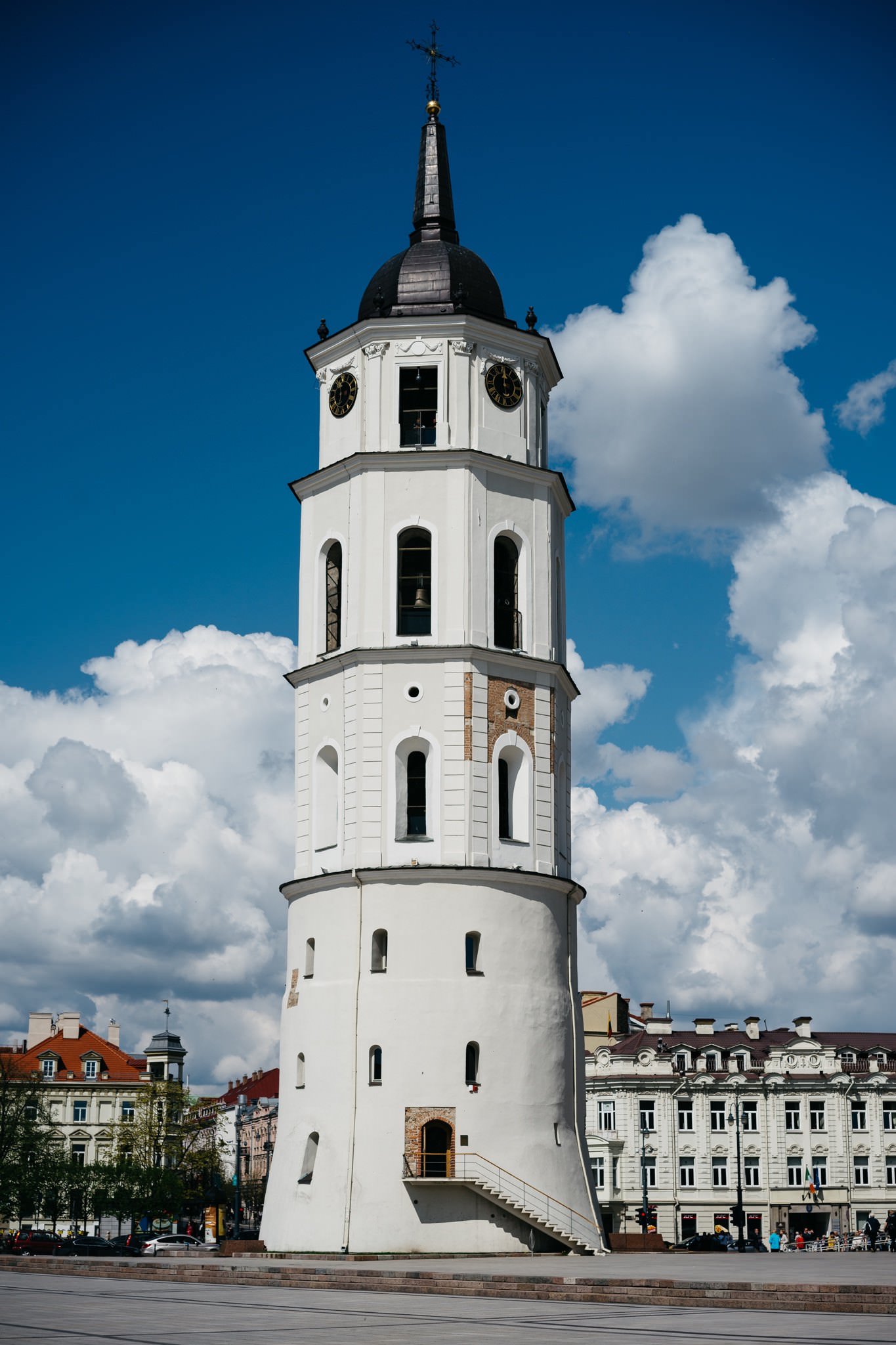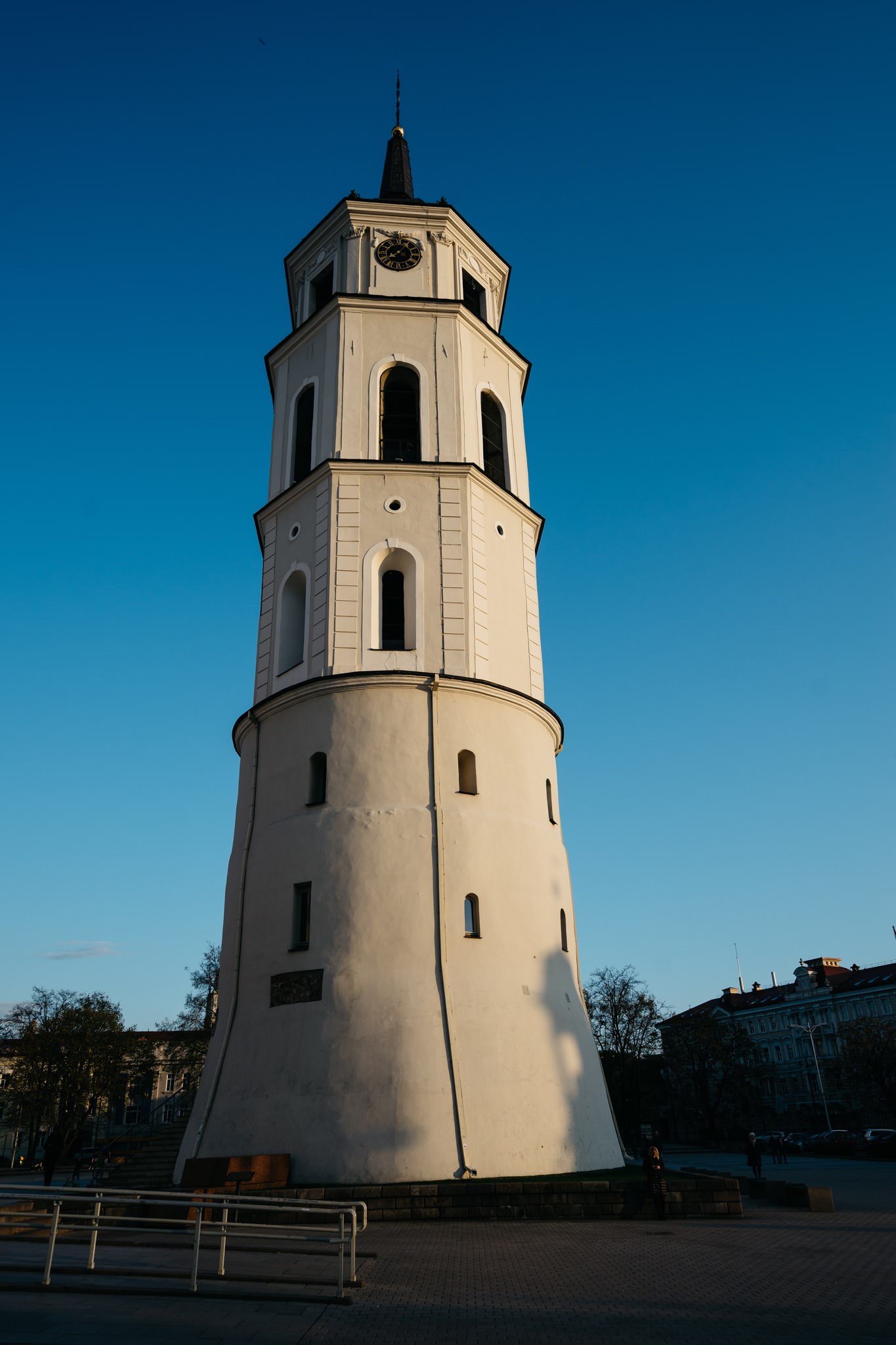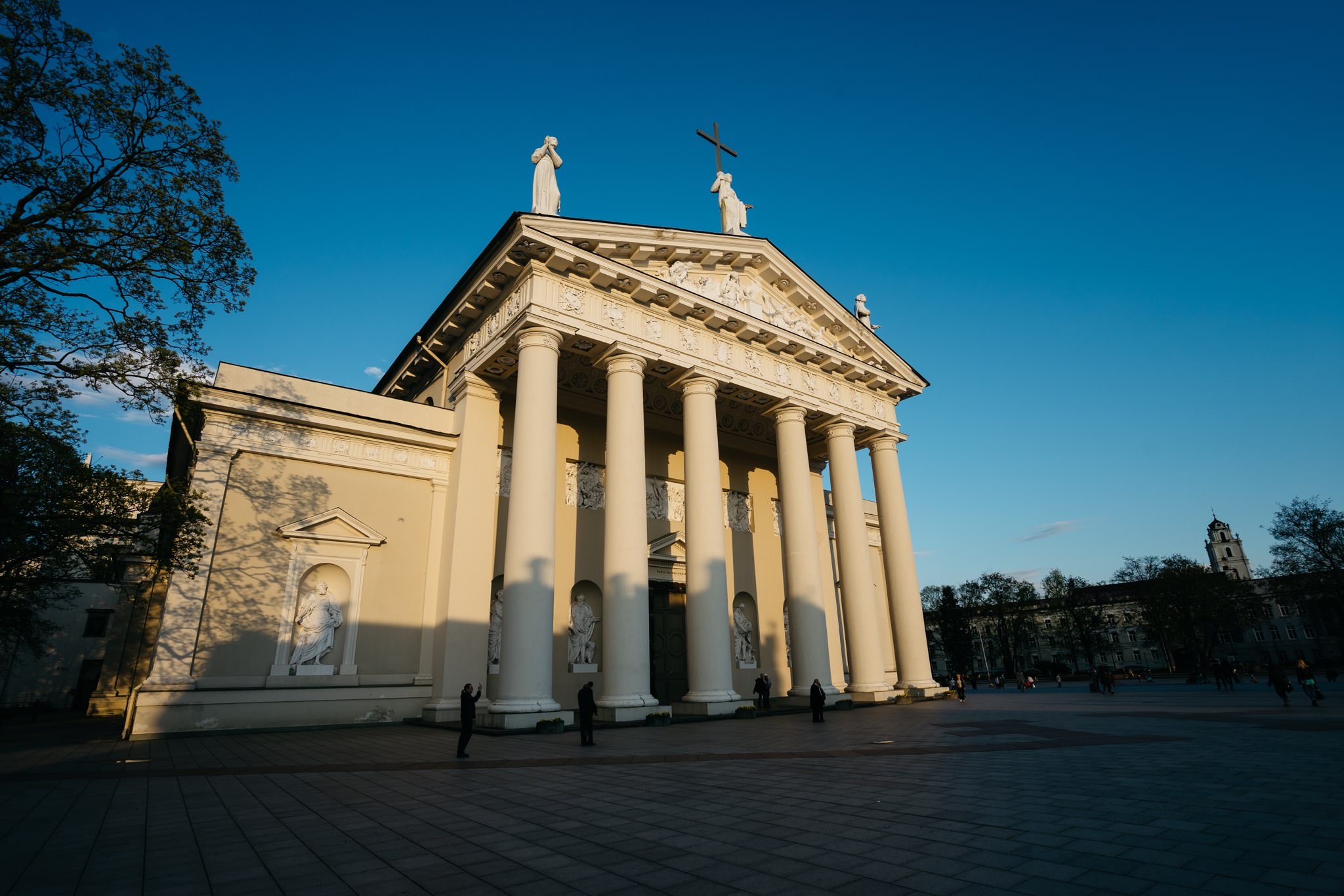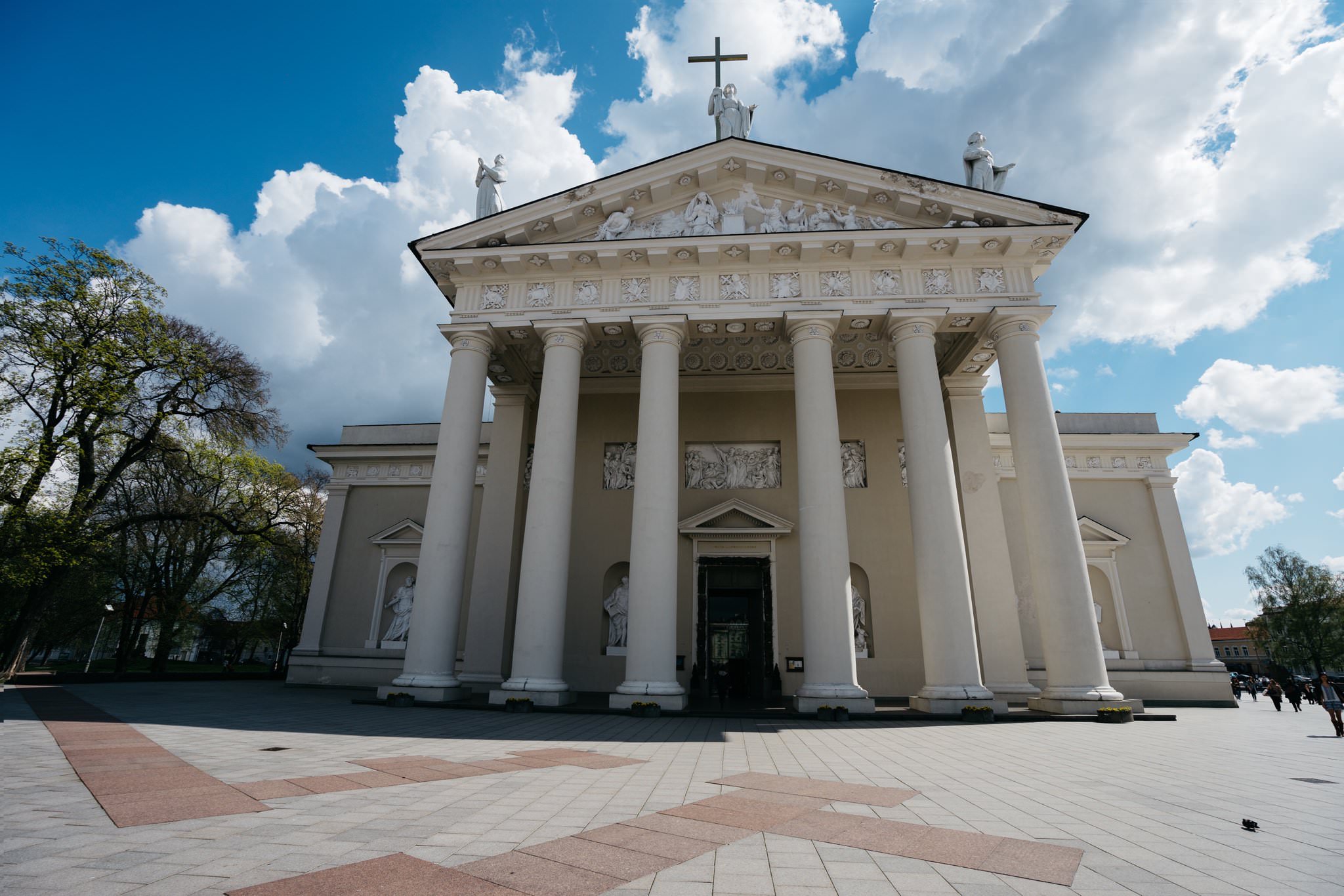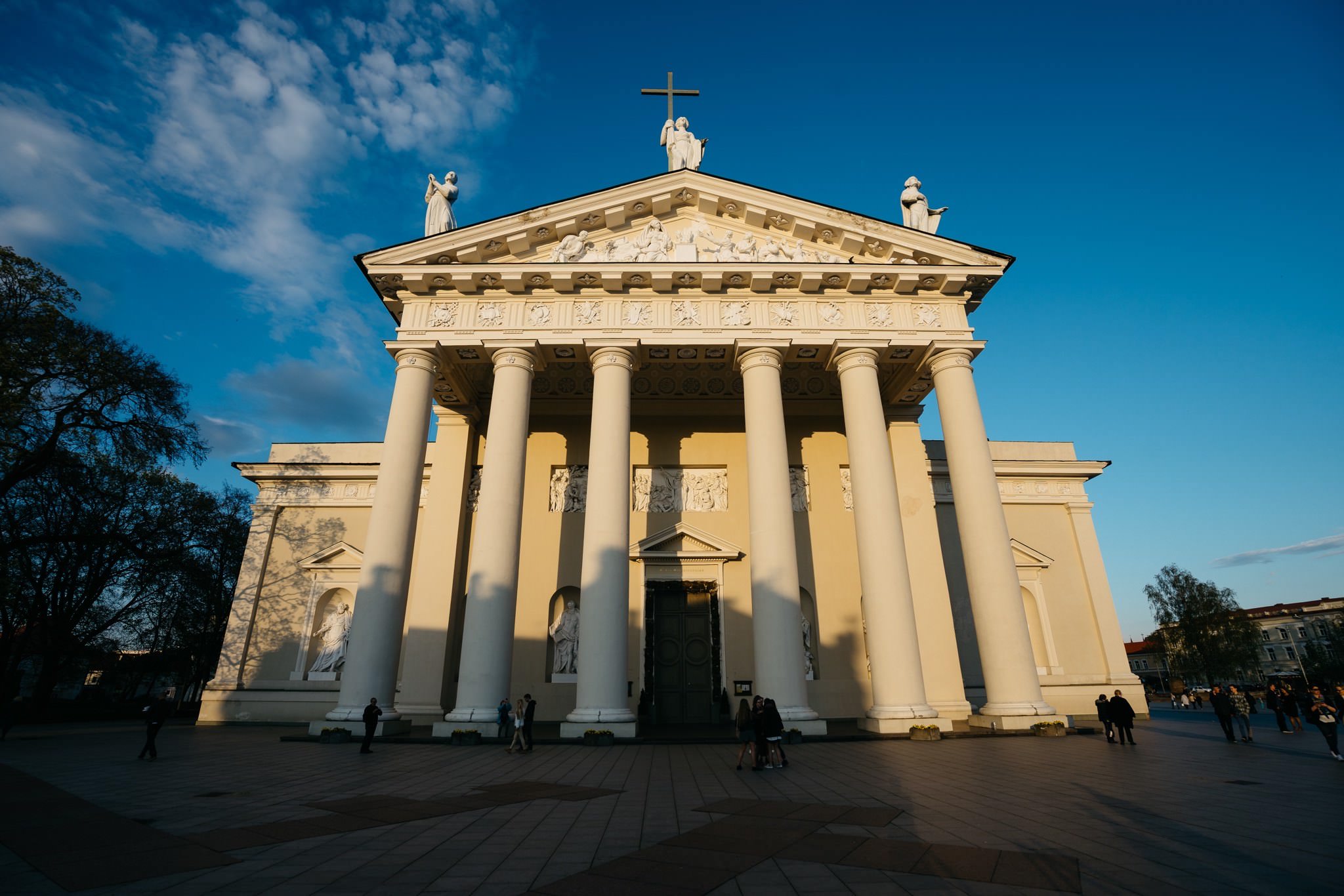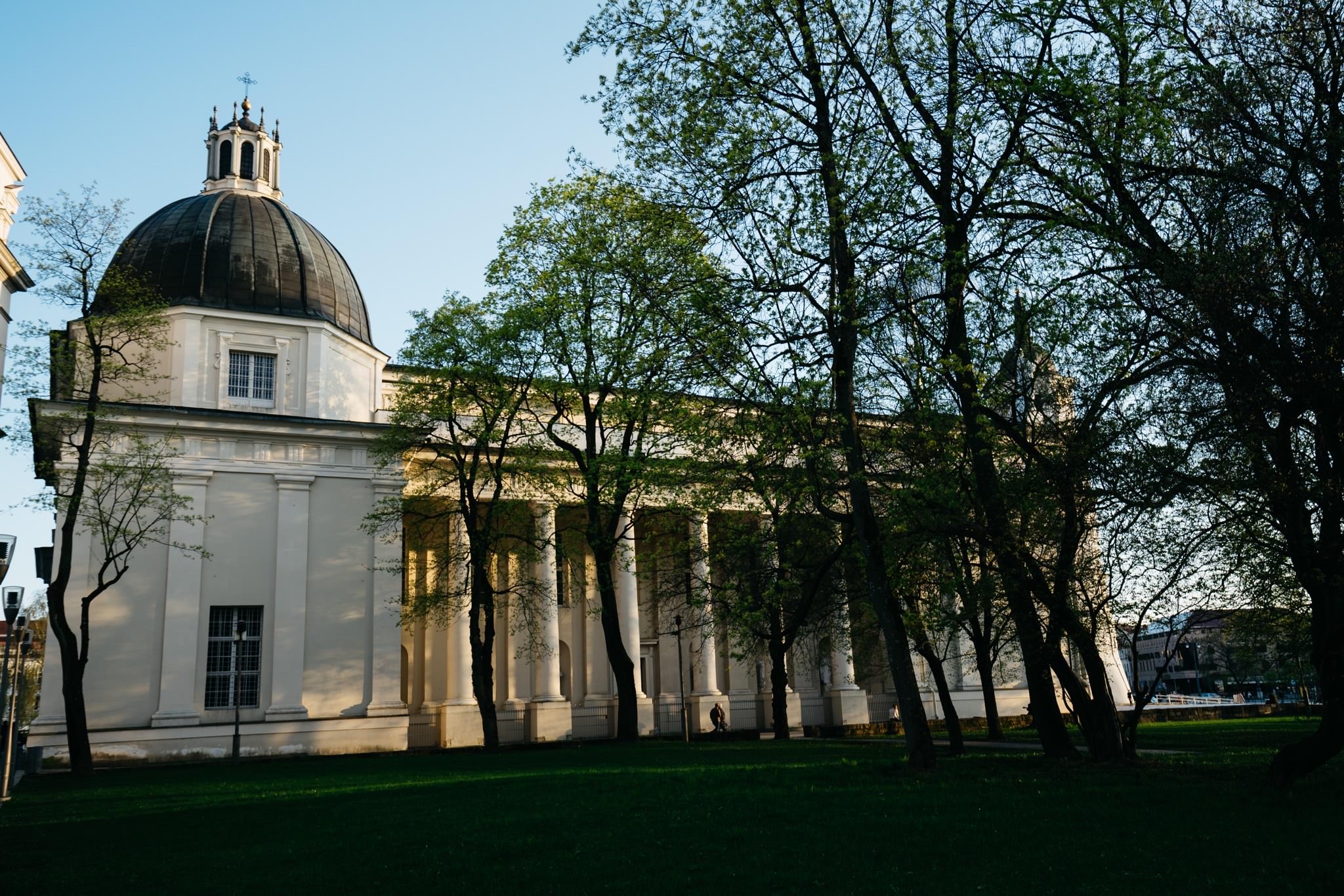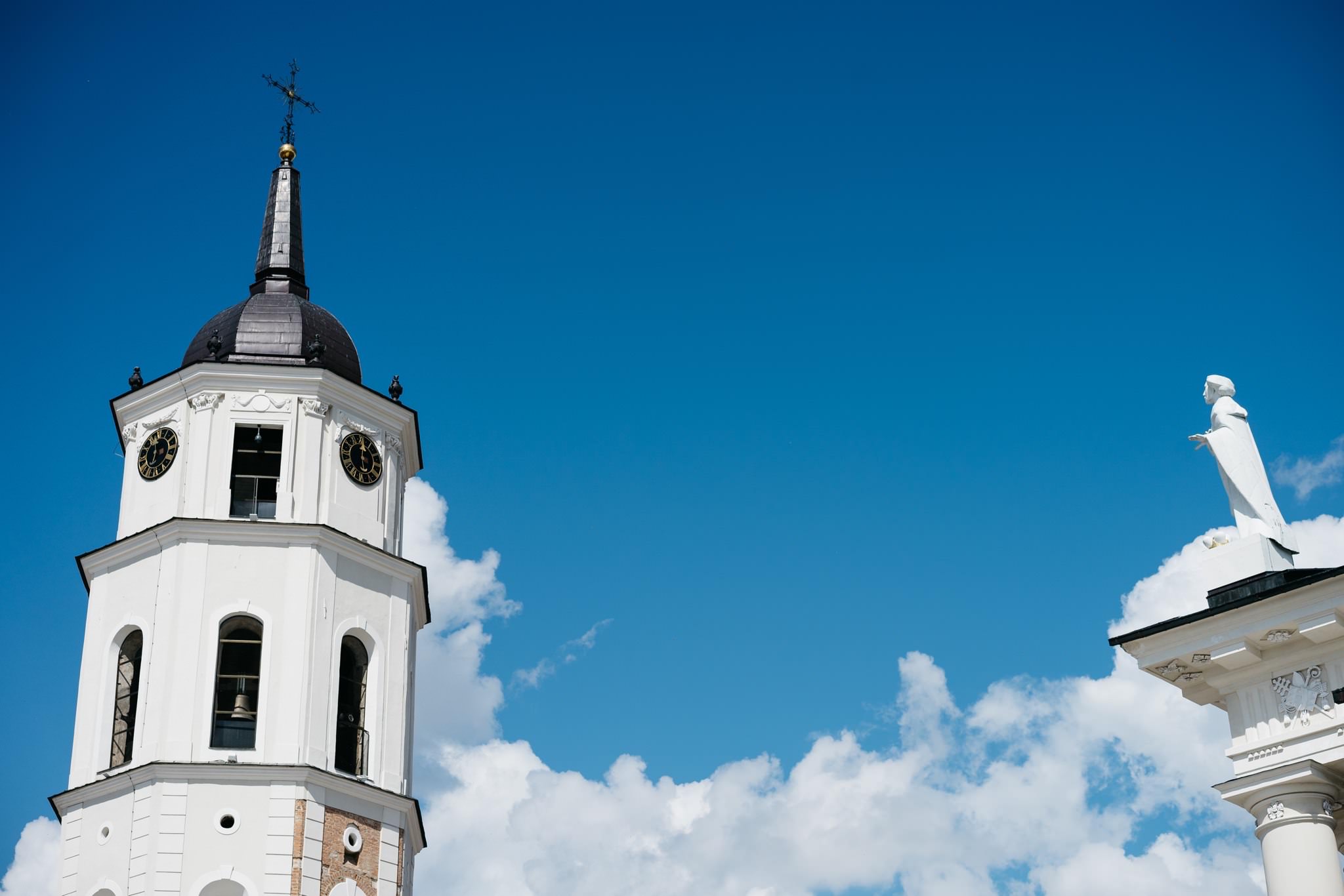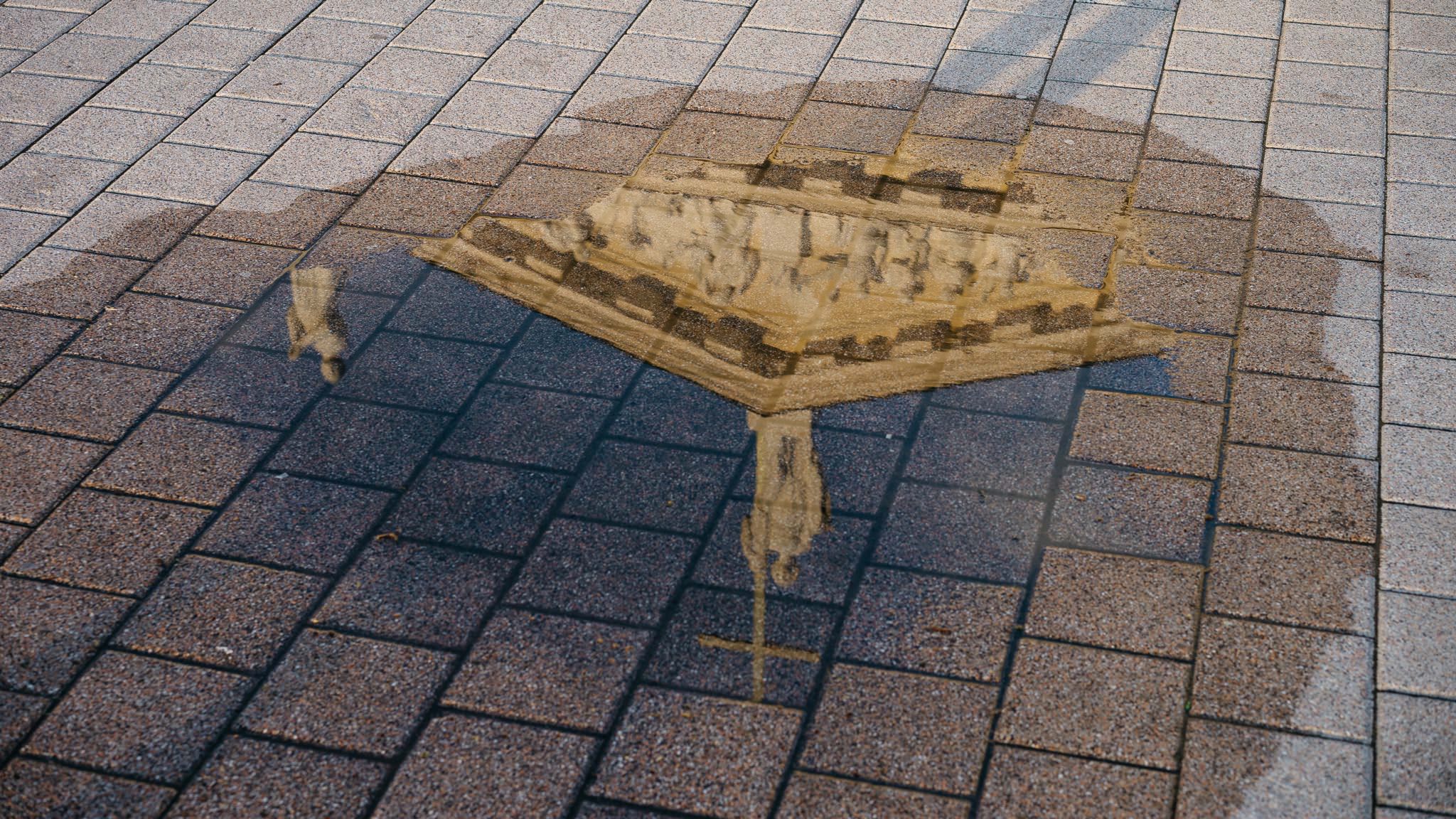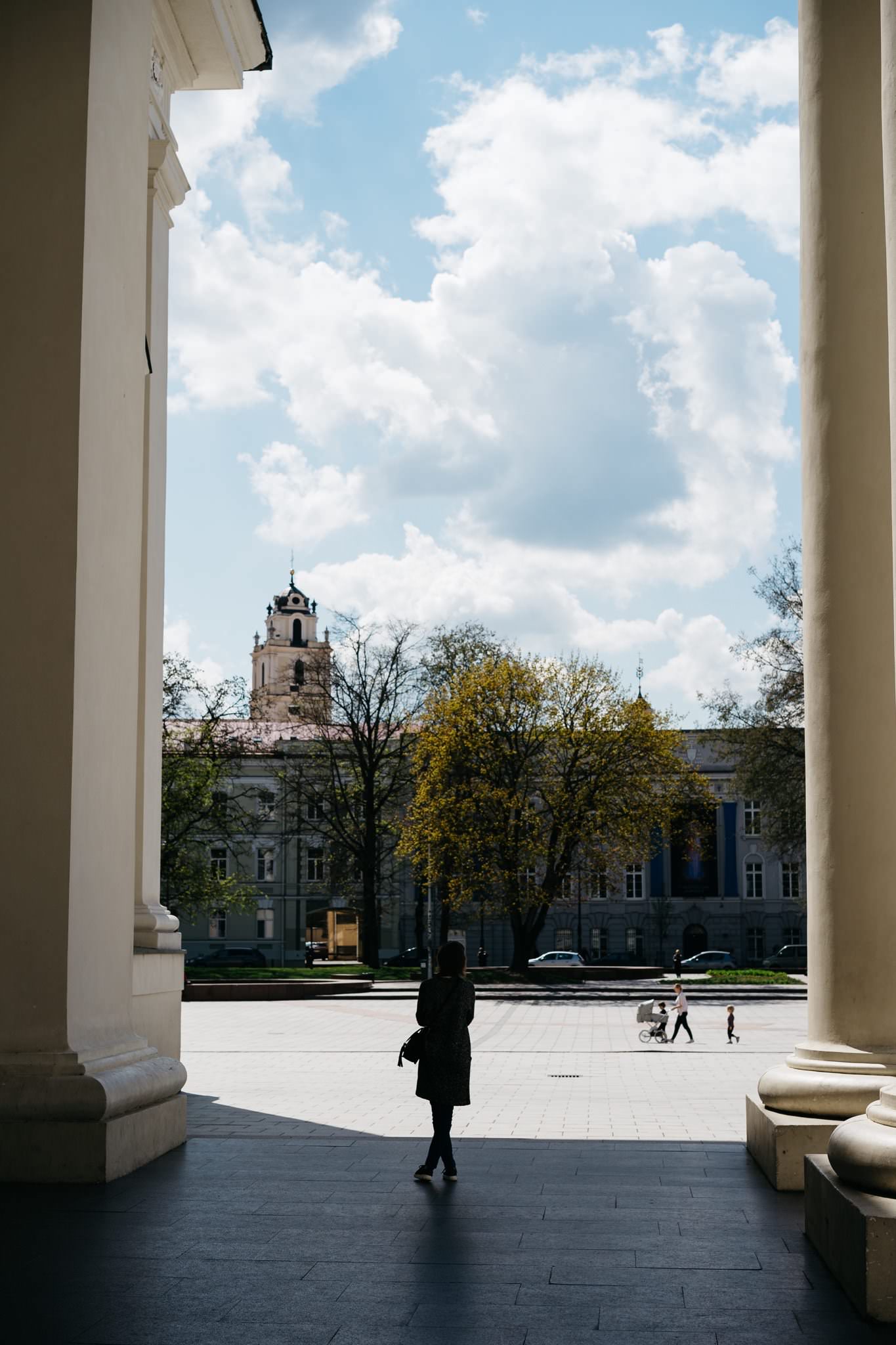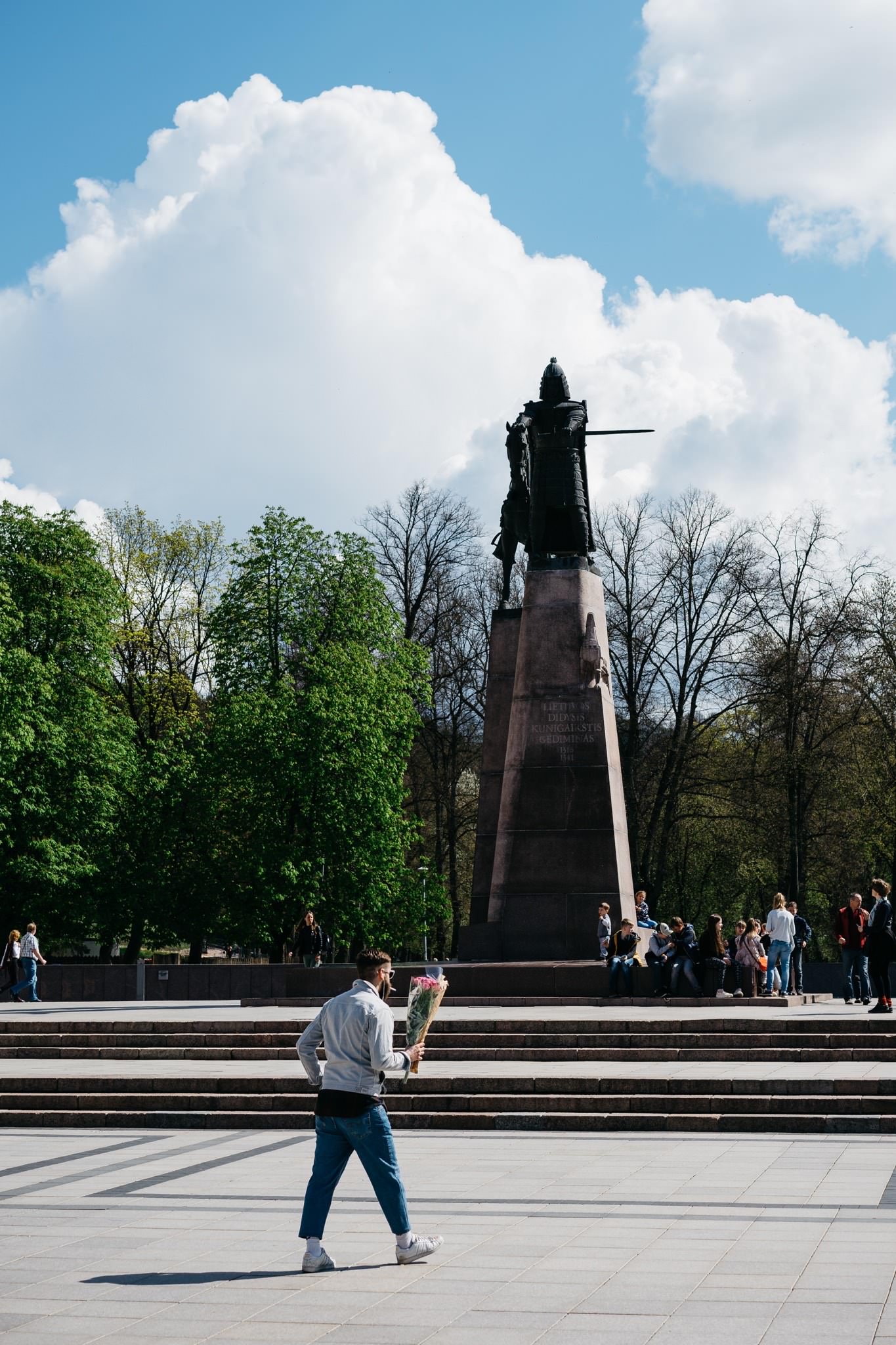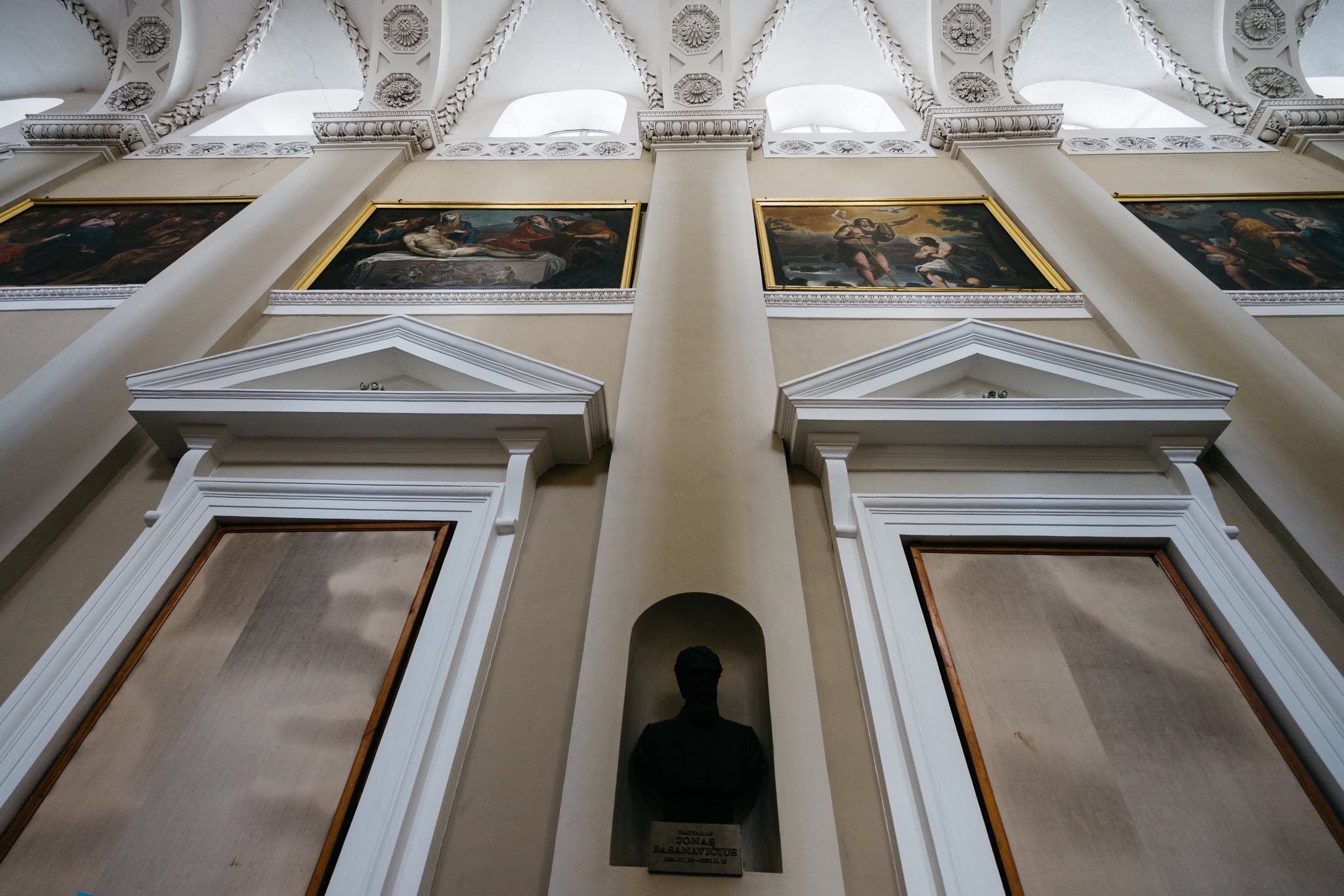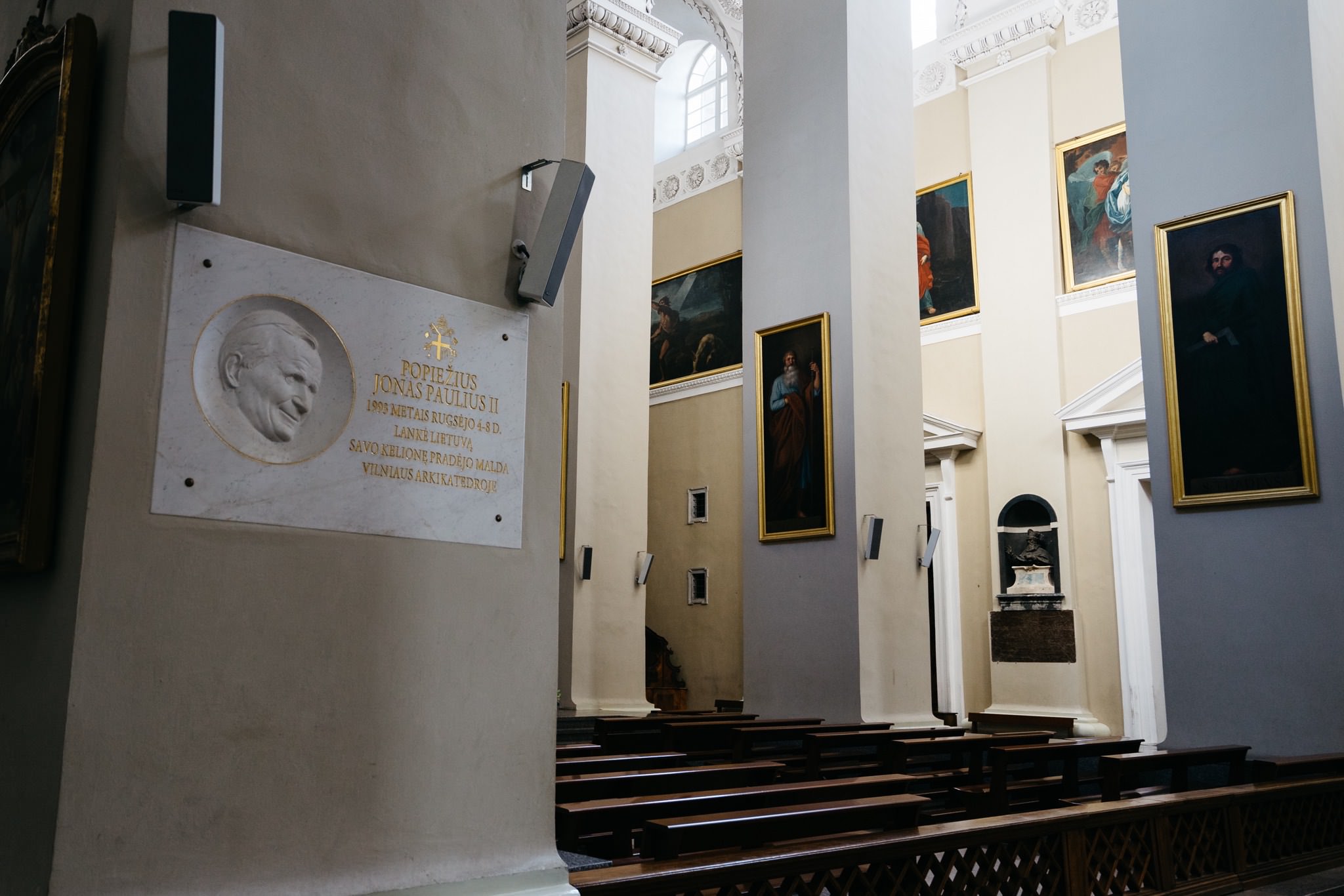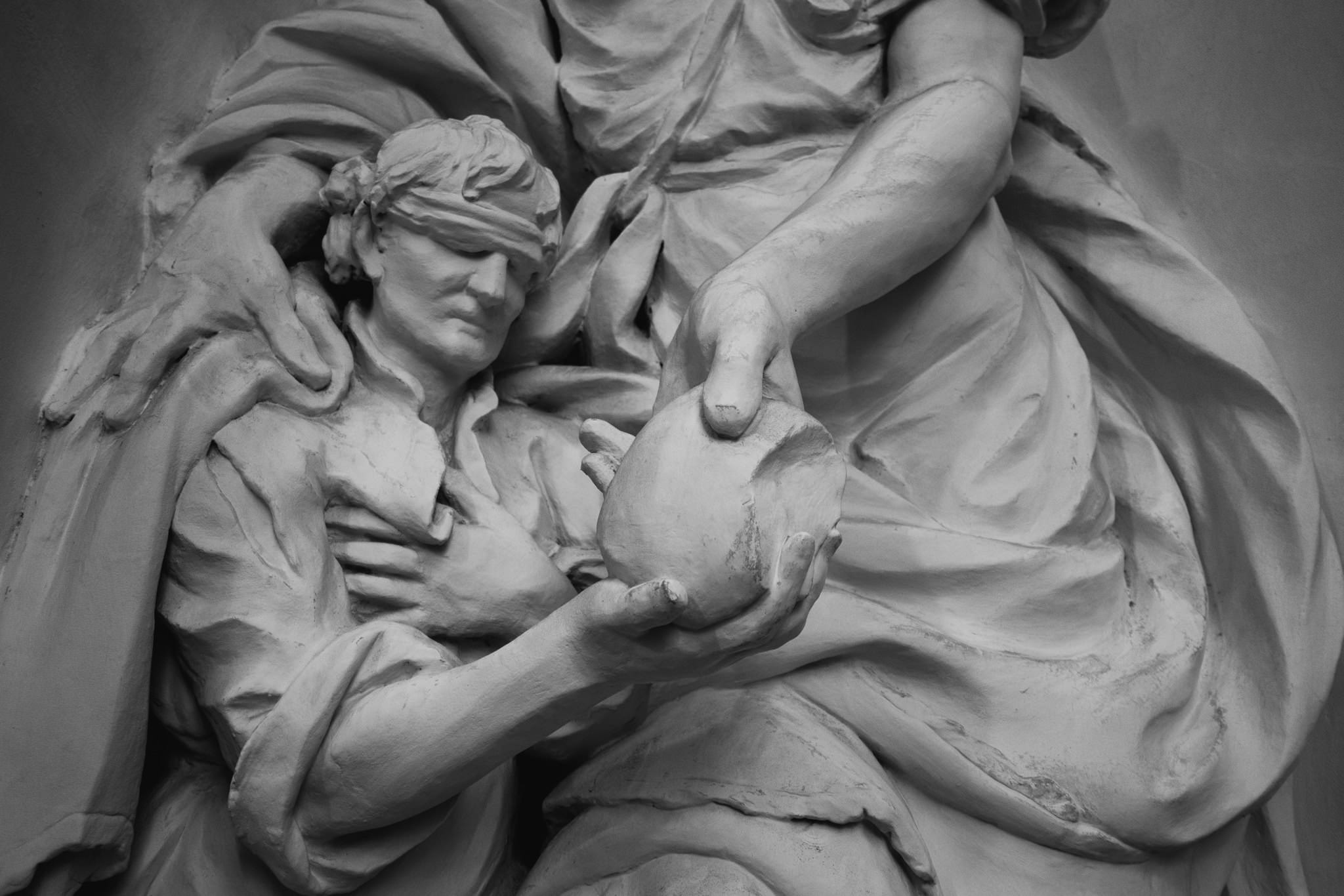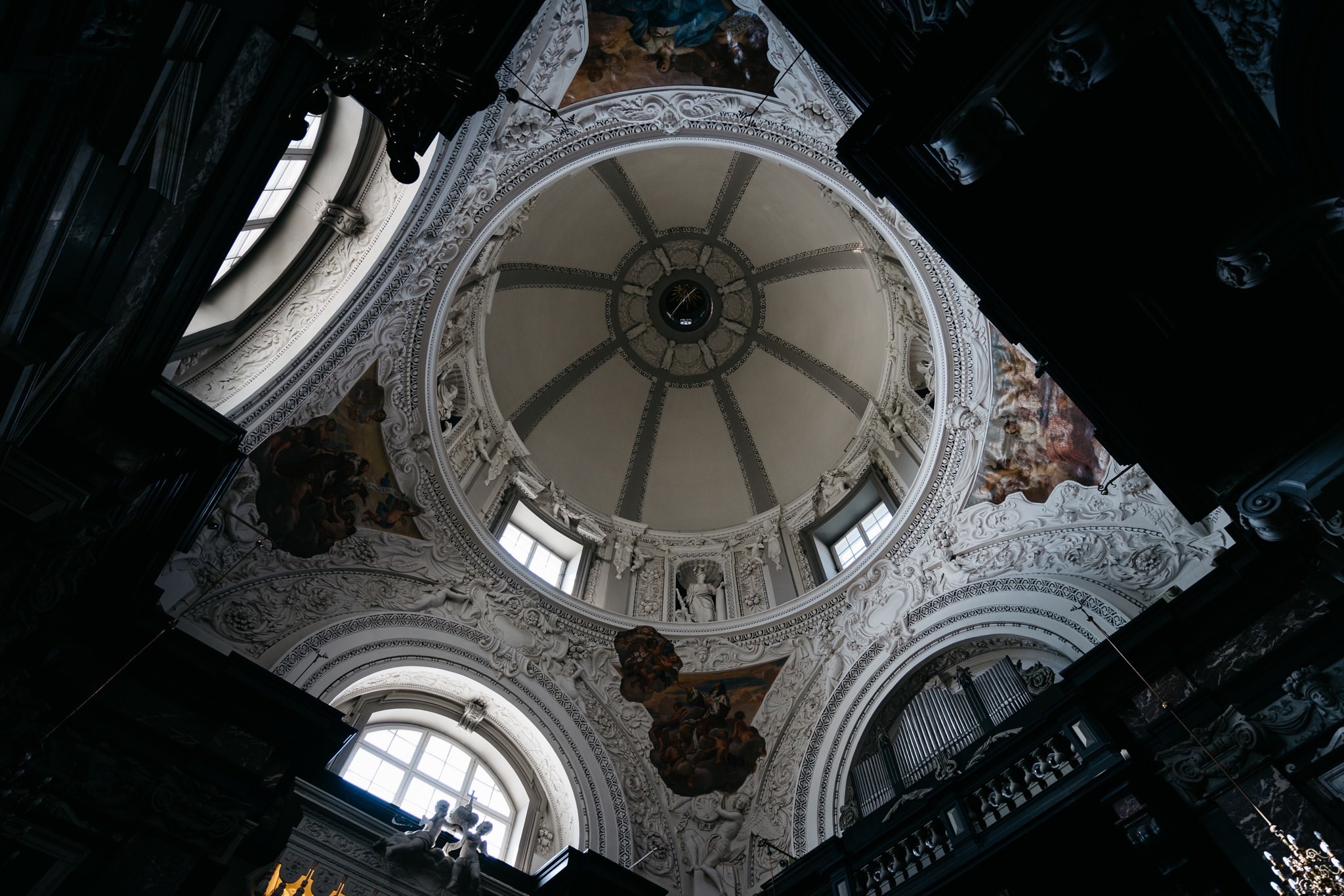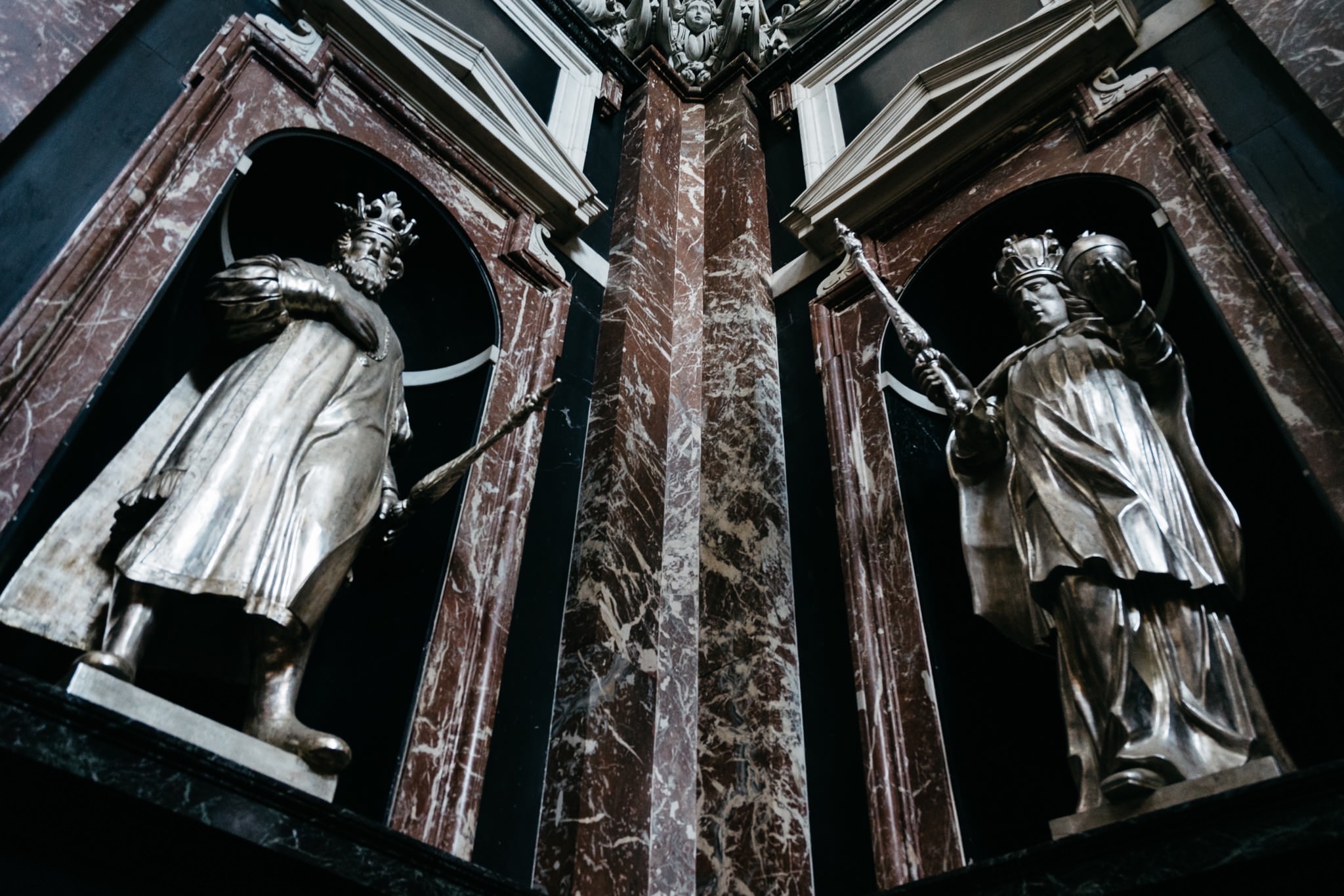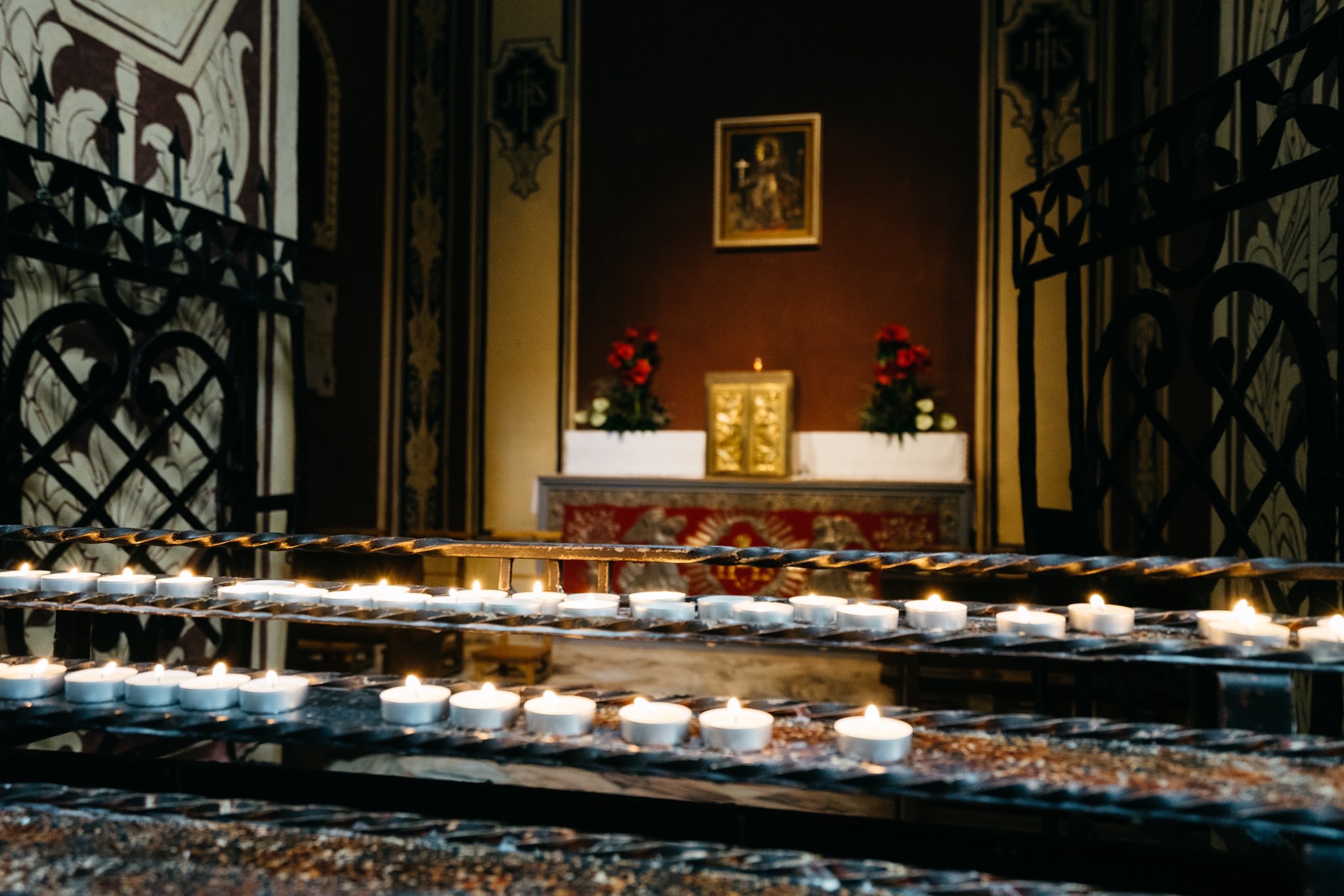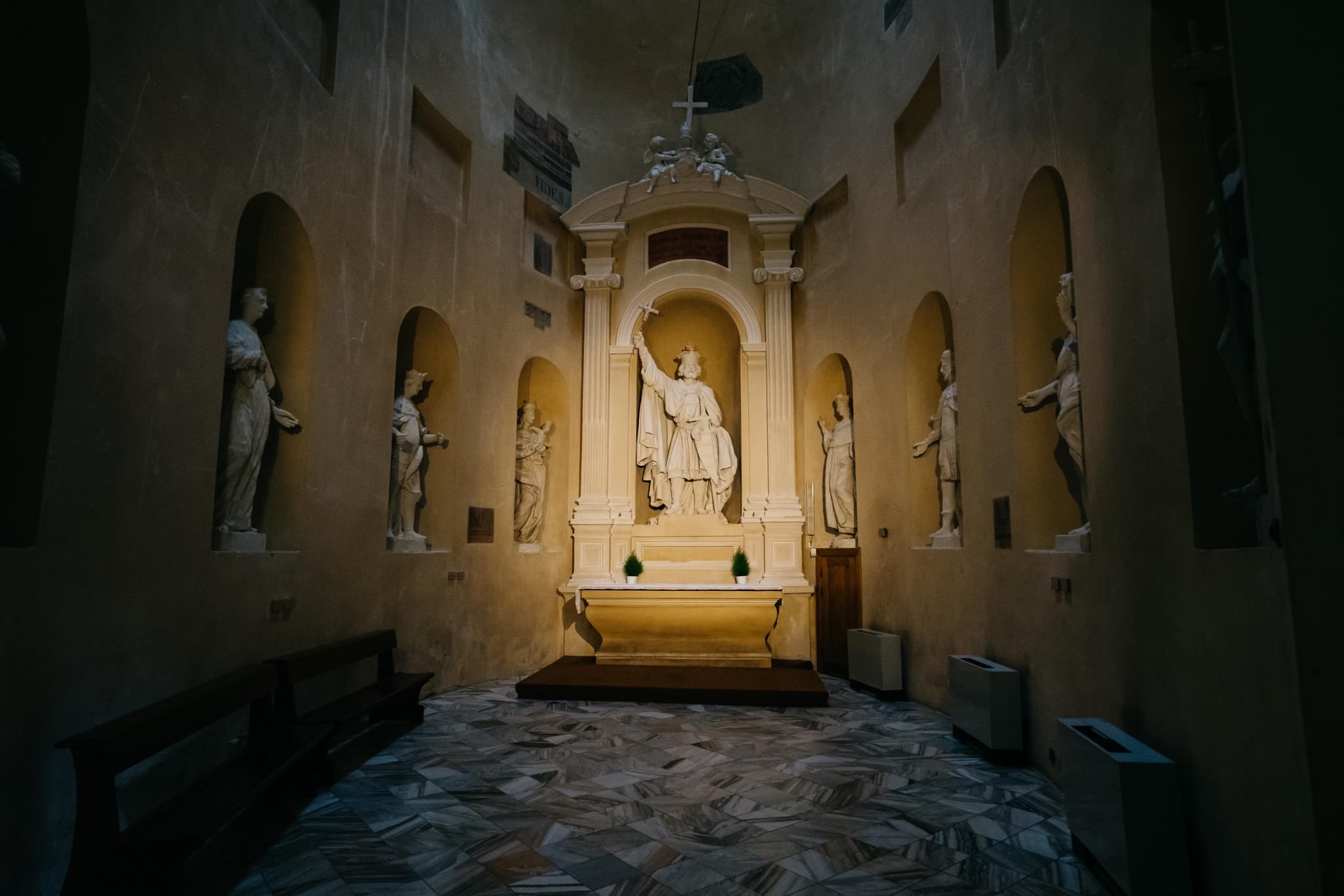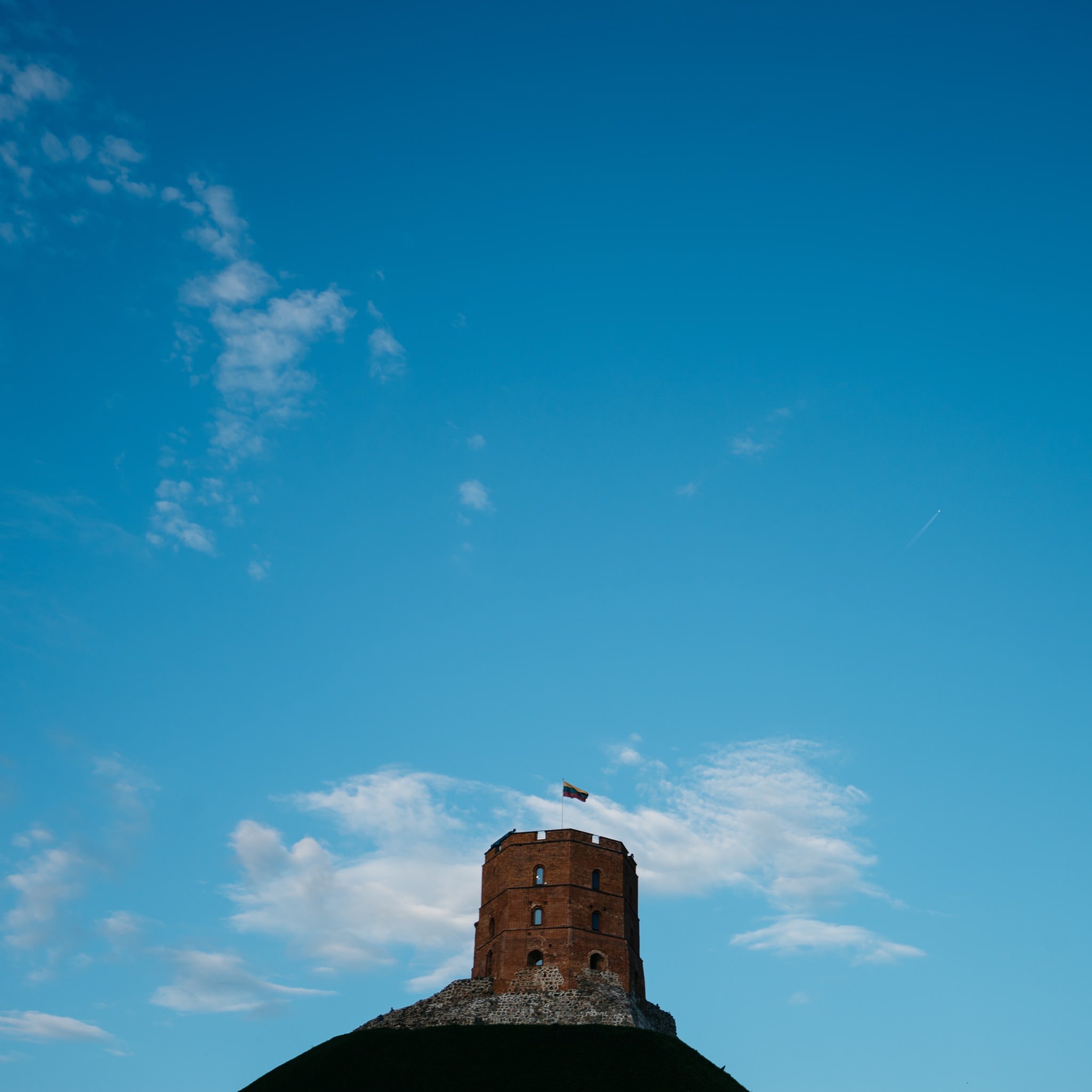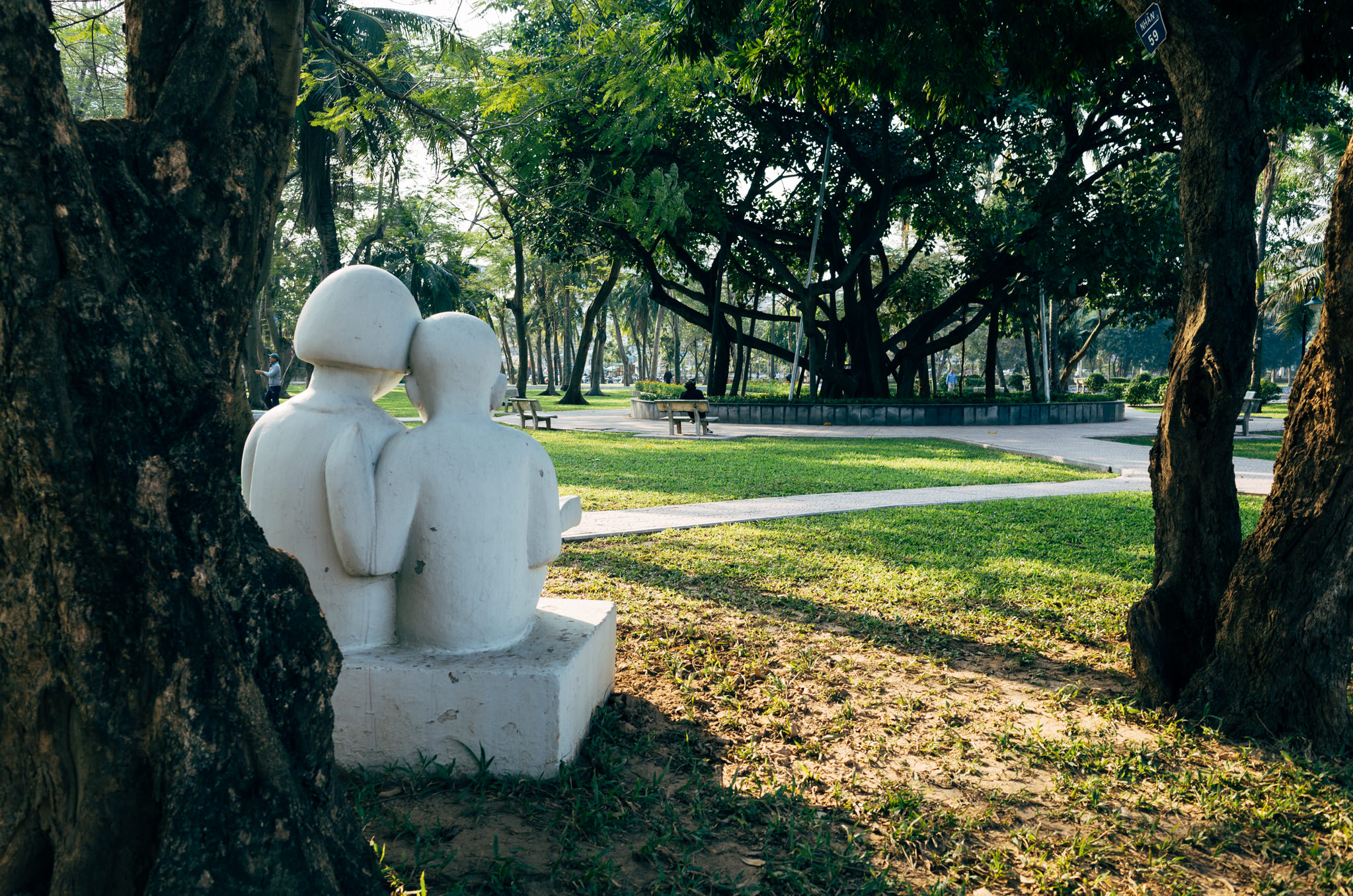Vilnius is the capital of the northern European country Lithuania. Lithuania forms the Baltic States with Latvia and Estonia; Vilnius is the second largest city of the three countries in terms of population size.
Vilnius was first mentioned in the year 1323 and granted city right in the year 1387. The old town of Vilnius was 1994 declared a World Heritage Site by UNESCO and fifteen years later Vilnius was the European Capital of Culture.
The name of the city comes from the 79.6 km long river Vilnia. Vilnius is not the only name for the Nordic city, so it has or had the names Vilna, Wilna, Vilno, Vilno, Vilne and Wilno.
The tree of Vilnius Castle was begun in the 10th century. It lies on the Neris river, is built on a hill and should defend the city from attackers. Over the centuries parts of the castle were destroyed, but some survived. So also the Gediminas Tower which is a symbol of the city.
The Three Muses on top of the entrance to the National Drama Theatre. The Muses represent drama, comedy and tragedy.
Before World War II, Vilnius was home to many Jews and therefore also bore the name “Jerusalem of the North”. One popular neighborhood was Užupis, in the old town of Vilnius. The Lithuanian name can be translated to “the other side of the river”.
Because of the Holocaust and the war the houses in Užupis were abandoned and later occupied mainly by homeless and prostitutes. After that a lot of artists moved in. In the 90s the residents of the place declared independency and called it Republic of Užupis.
The 1783 completed Cathedral Basilica of St Stanislaus and St Ladislaus of Vilnius in the old town of Vilnius.
